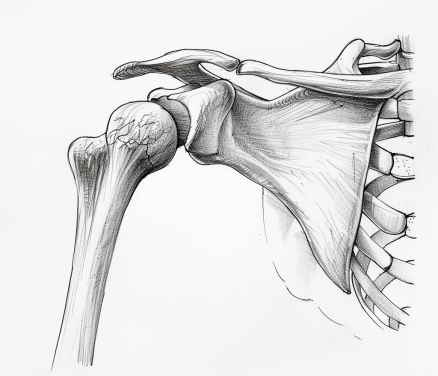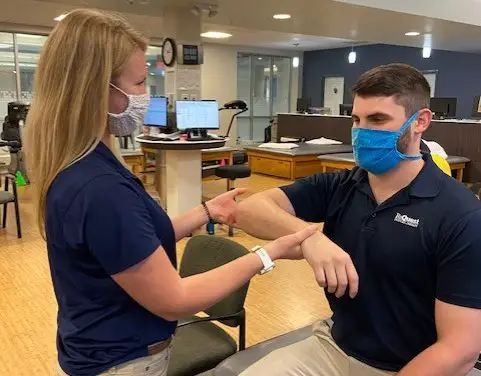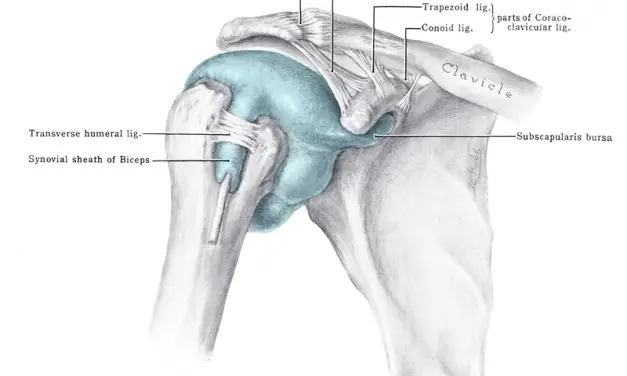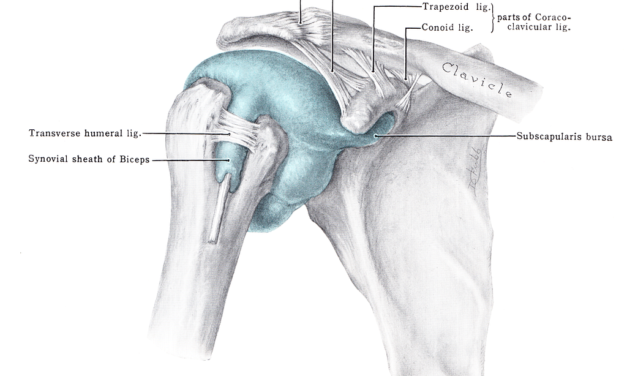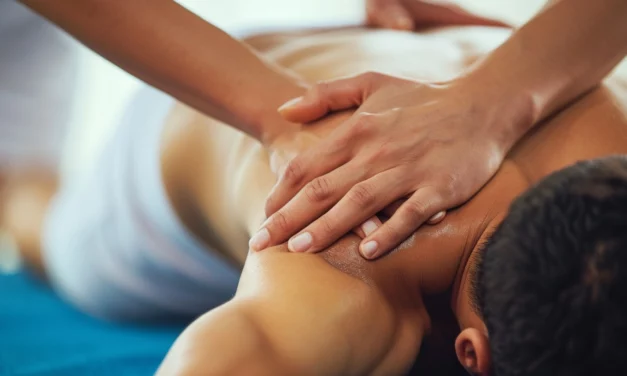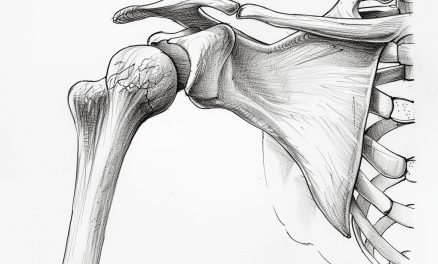
Most Recent
Massage

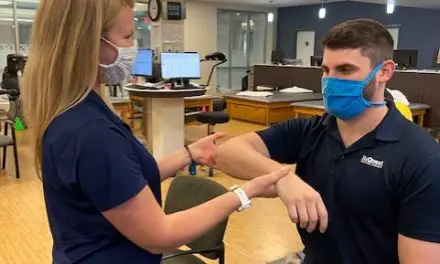
What Is Shoulder Impingement?
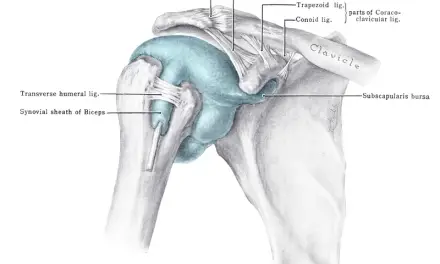
What Is a Bankart Lesion?
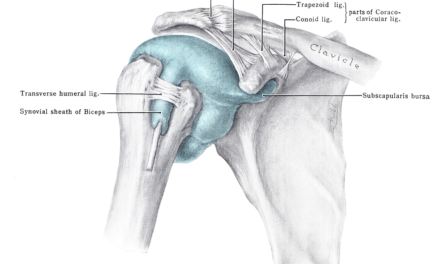
What Is a SLAP Tear and Do You Need Surg...
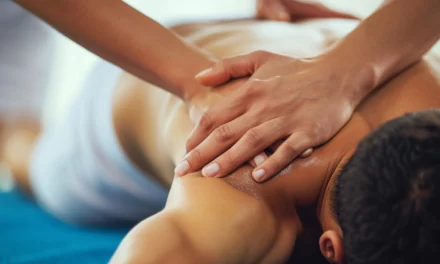
Full Guide to Shoulder Pain: Causes, Tre...
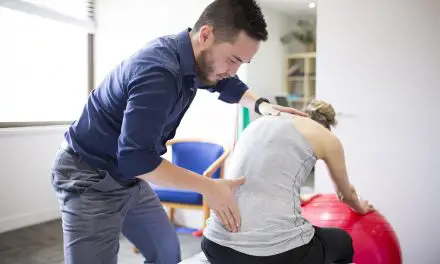
Massage for Joint Pain: a Biopsychosocia...
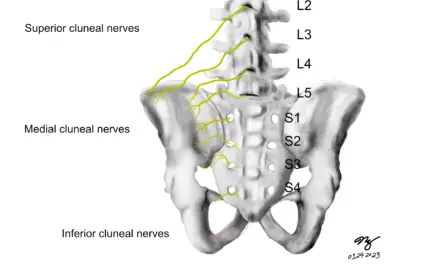
Does Cluneal Nerve Entrapment Cause Back...
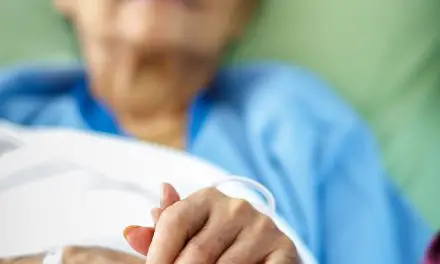
Why Cancer Patients Should Not Be Denied...
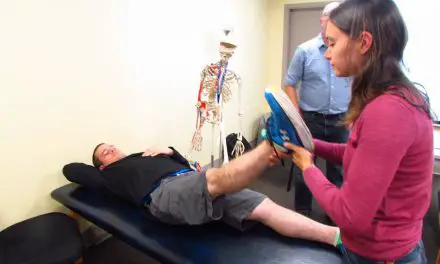
RMT vs LMT: What’s the Difference?
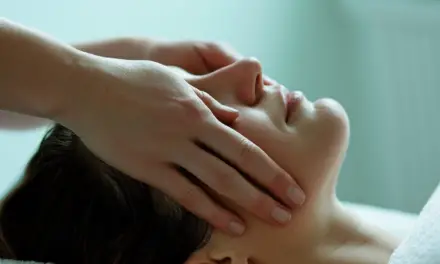
Is Craniosacral Therapy Legit? What You ...
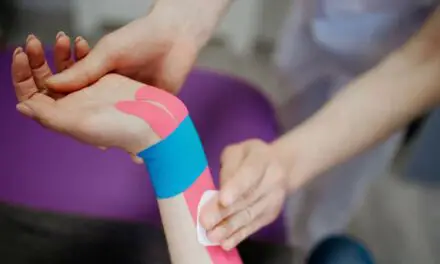
How to Use KT Tape for Wrist Pain &...
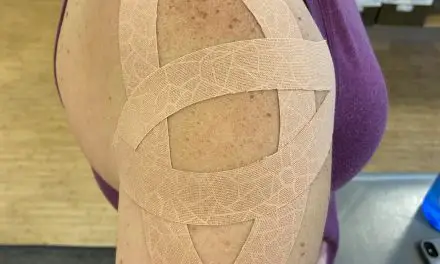
How to Use KT Tape for Your Shoulders: D...
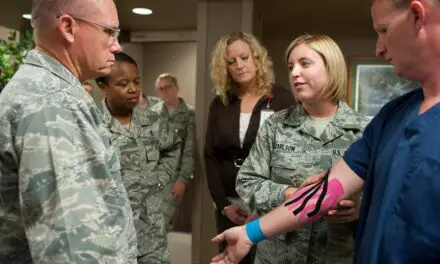
What Is Kinesio Tape and How Does It Rea...
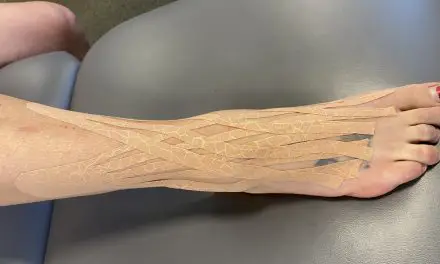
How to Use Kinesio Tape for Your Ankle a...
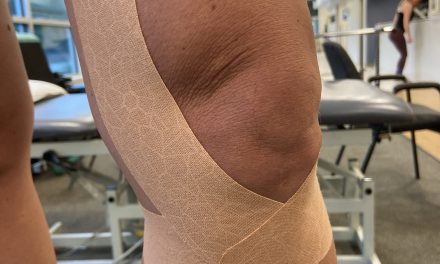
How to Apply Kinesio Tape to Your Knee a...
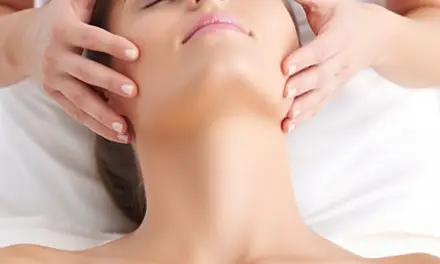
How Massage Therapy Can Reduce Migraines
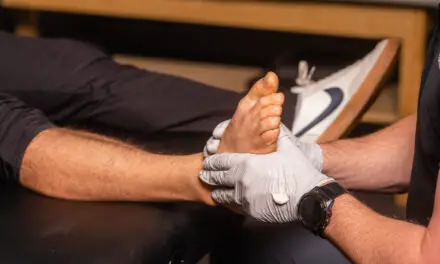
Sprain vs Break: How to Tell the Differe...
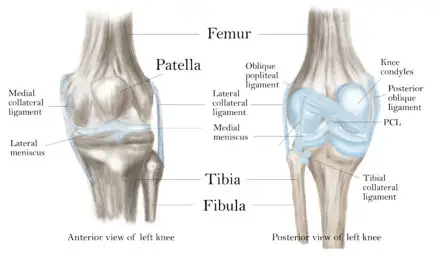
How Long Does It Take for a Stretched Kn...
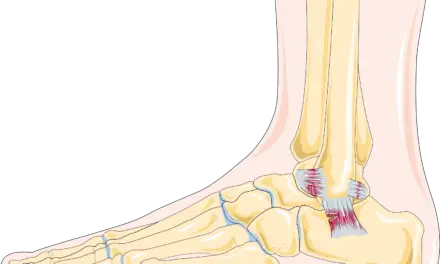
Sprain vs Strain: How to Tell the Differ...
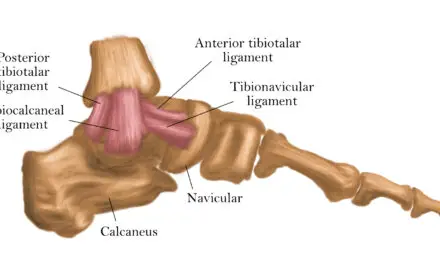
Anatomy of the Medial Ankle Ligaments an...
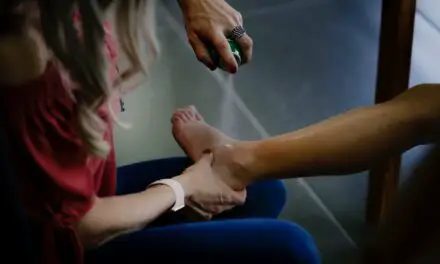
Is My Ankle Broken or Sprained? A Review...
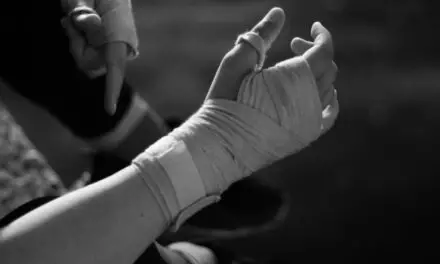
Can a Wrist Sprain Turn Into a Fracture?
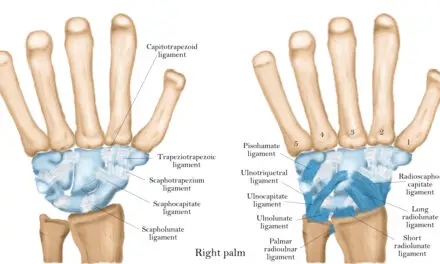
Wrist Ligaments Anatomy and Injuries

Best Peptides for Skin Care (2023)
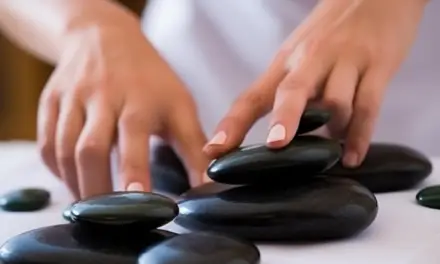
8 Benefits of a Hot Stone Massage
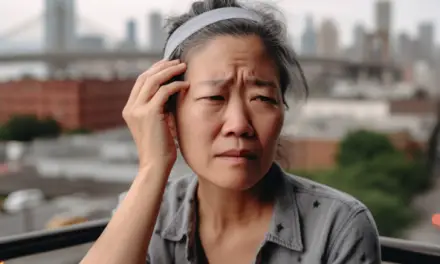
Does EDS Cause Migraines and Can Massage...
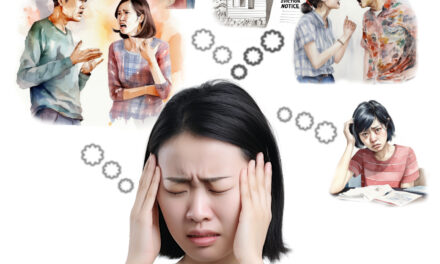
Migraine or Headache? Know What the Diff...

Migraine and Back Pain: Should You Get a...

How to Relieve a Migraine and Jaw Pain W...
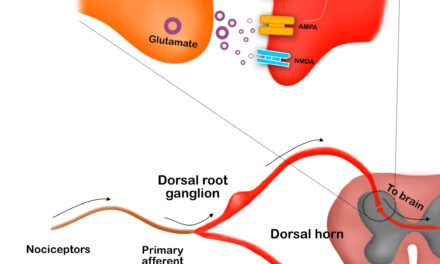
How Central Sensitization Affects Your C...
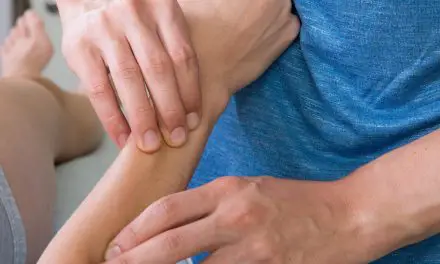
Lymphatic Drainage Massage: a Scientific...
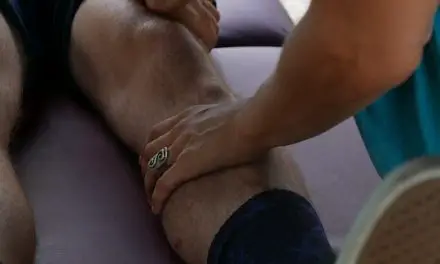
How Massage Can Help Treat Chronic Pain
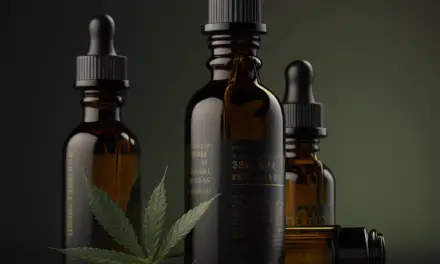
Best 6 CBD Massage Oil for 2023
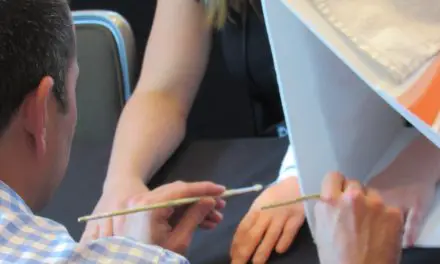
What Is Pain and Why Do We Feel It
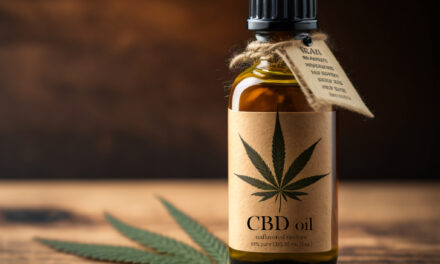
Pros and Cons of CBD Oil: What You Shoul...
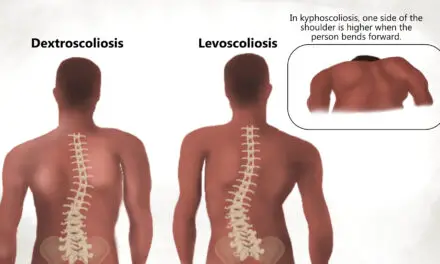
What Is Kyphoscoliosis and Can It Be Tre...
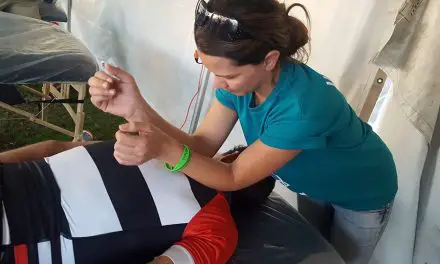
Can Massage Squeeze Lactic Acid Out of M...
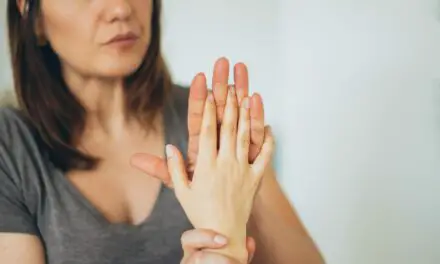
The 6 Best Massage Gels
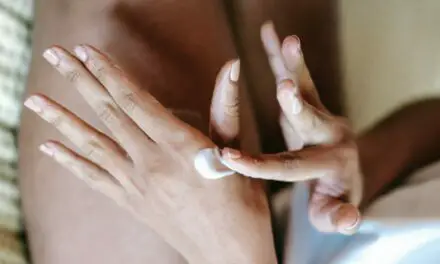
The 10 Best Massage Creams for Professio...
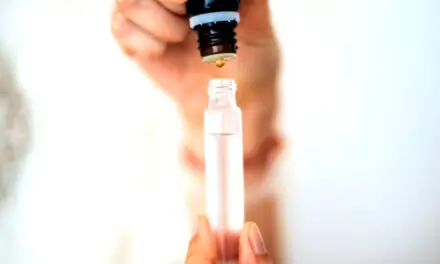
10 Best Professional Massage Oils
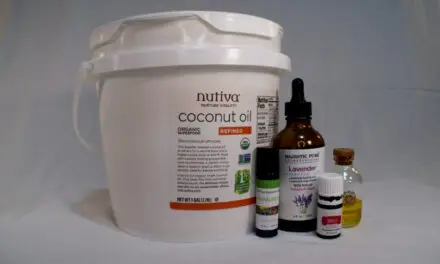
Massage Lotions vs Oil: Which One Should...

10 Best Massage Lotions for Professonal ...
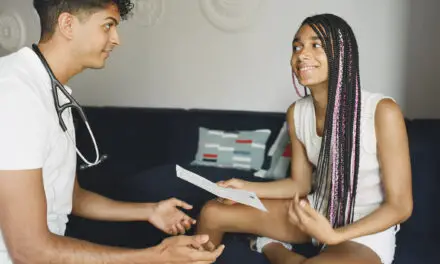
20 Causes of Pelvic Pain in Women and Wh...
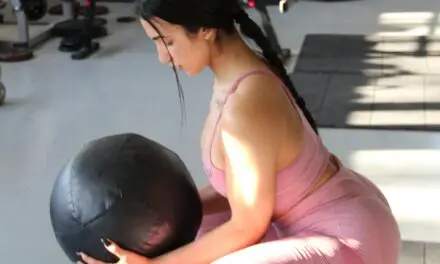
Exercise for Pudendal Neuralgia: Does It...
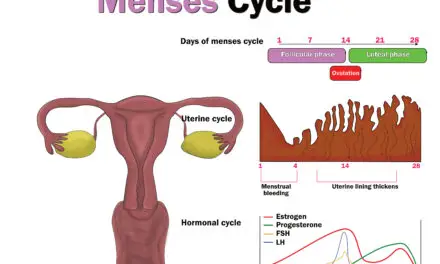
Does Massage Work for Period Cramps?
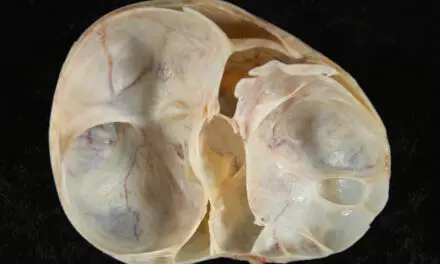
Do Ovarian Cysts Cause Back Pain?
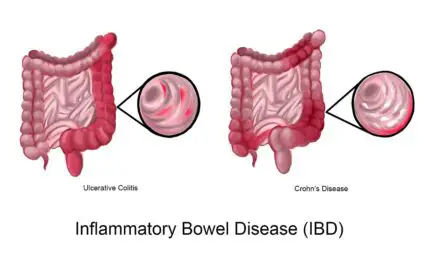
Can Irritable Bowel Syndrome (IBS) Cause...
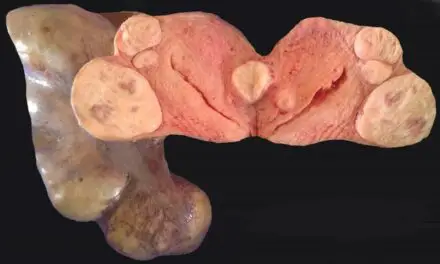
Do Uterine Fibroids Cause Back Pain?
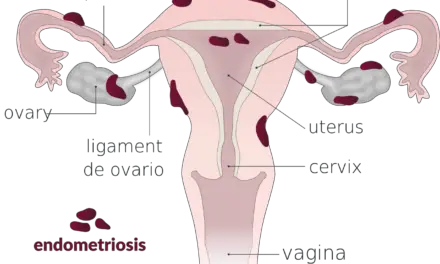
How Massage Therapy Reduces Endometriosi...
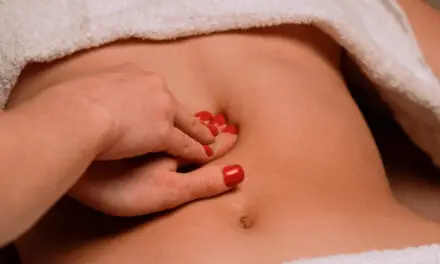
Can You Massage an Inguinal Hernia Back ...
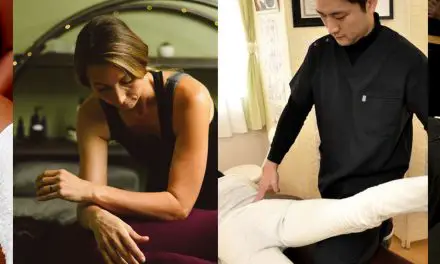
11 Types of Massage for Pain Relief

What Is Aromatherapy Massage and Is It S...
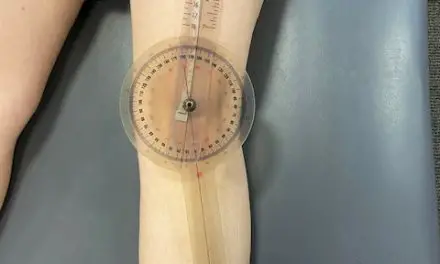
Does a Larger Q Angle Cause Knee and Hip...
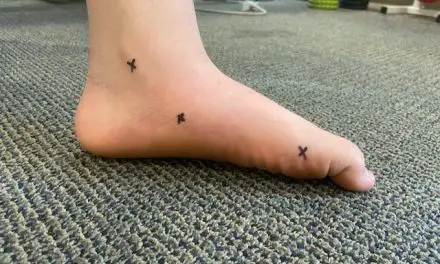
What Is Foot Pronation and When Do You N...
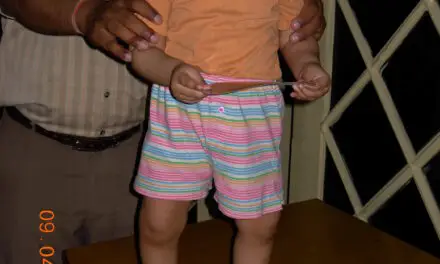
What Is Varus Knee and When Do You Need ...
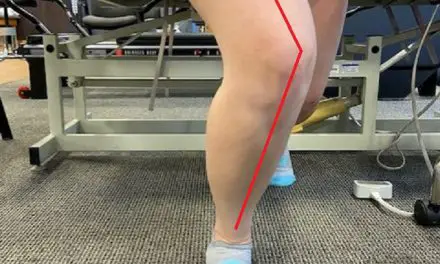
What Is Valgus Knee, and When Is It a Pr...
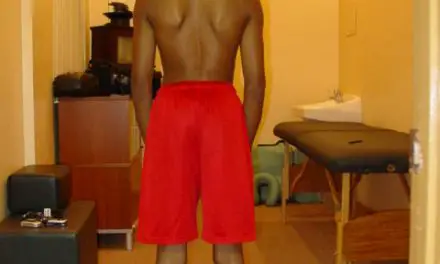
Can Massage Help With Scoliosis Pain?
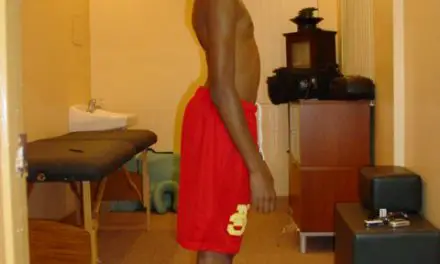
What Is Lordosis and Do You Need to Fix ...
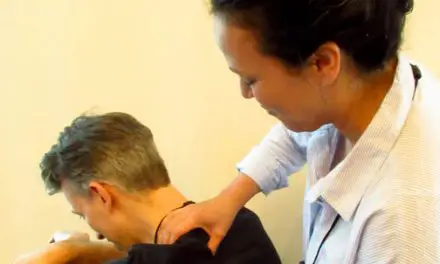
How to Fix Rounded Shoulders With Exerci...
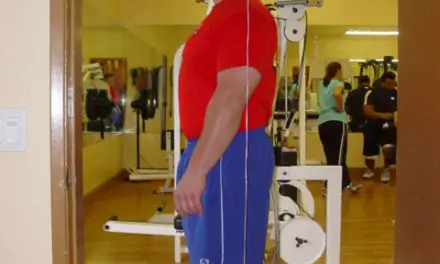
How to Fix Your Anterior Pelvic Tilt, Bu...
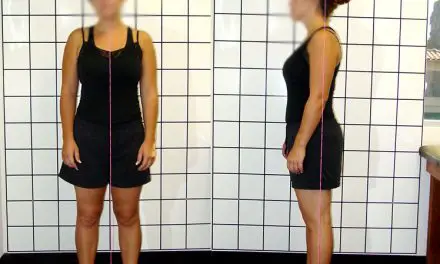
What Is Lower Cross Syndrome and Should ...
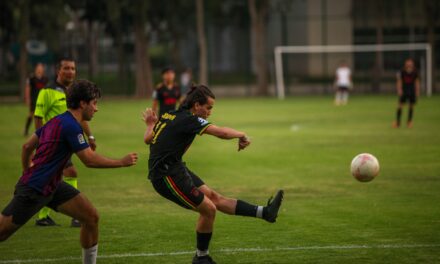
Calf Strain: Treatments, Recovery, Cause...
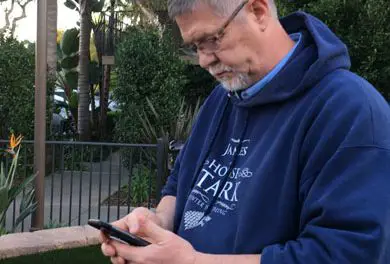
How to Reverse Cervical Lordosis Based o...

Is It Possible to Fix Forward Head Postu...

How Corporal Punishment in Schools Affec...
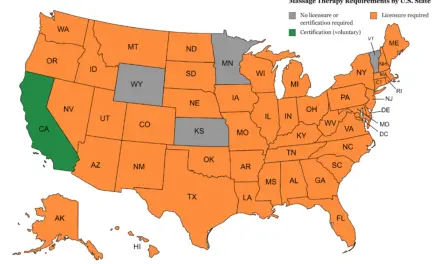
Differences Between a LMT and CMT
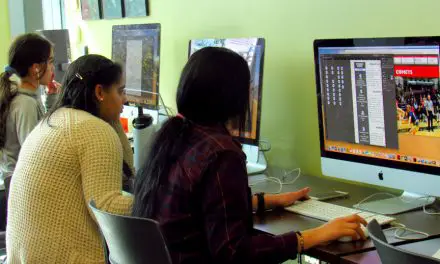
What Is Kyphosis: Types, Causes, Treatme...

How Childhood Neglect Affects Chronic Pa...
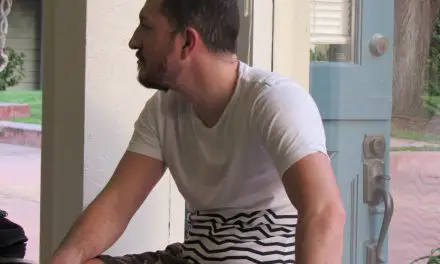
What Is Upper Cross Syndrome and Should ...
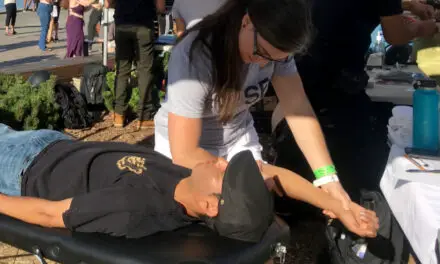
How Reliable Are Torn Rotator Cuff Tests...

Pediatric Massage: Is It Okay for Kids?

How Childhood Anxiety Affects Chronic Pa...
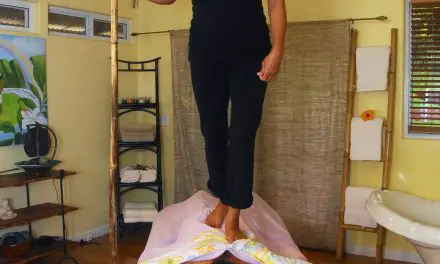
What Is Lomi Lomi Massage? The Hawaiian ...

Pediatric Pain History: When Doctors Did...

Pediatric Pain: How Parents Pass Their P...
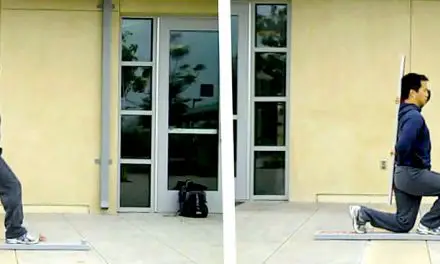
Do Different Types of Posture Cause Back...
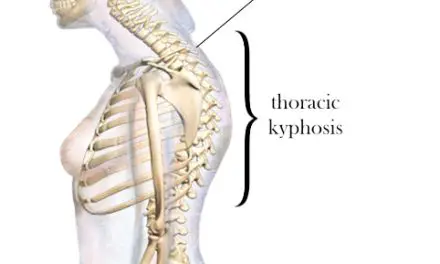
Can Exercise Fix a Dowager’s Hump?
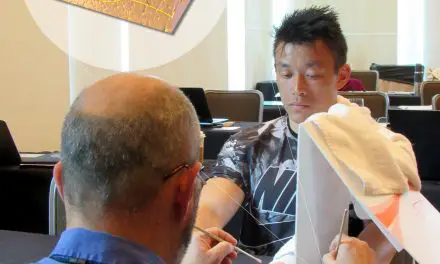
Skin Sensory Receptors: How Context Affe...
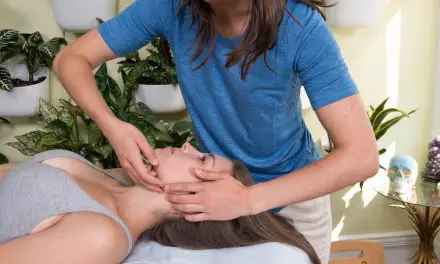
Is Massage Good for Lymphedema? (2022)
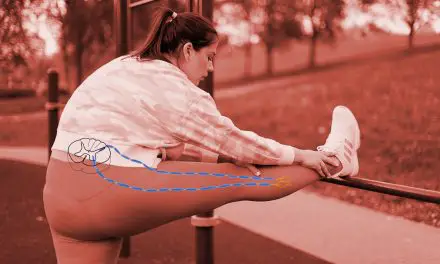
Should You Massage a Muscle Spasm?
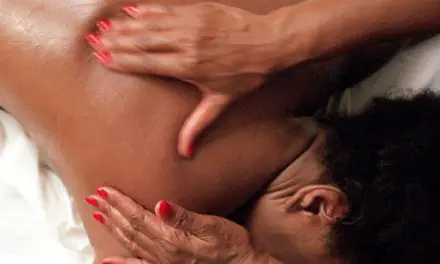
Can Massage Cause Muscle and Nerve Damag...
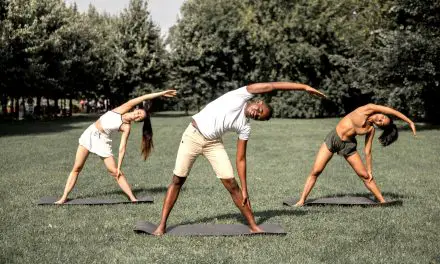
Why Are My Muscles So Tight? Blame Your ...
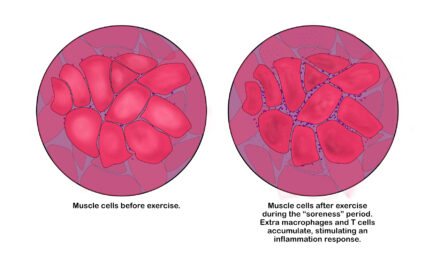
How to Get Rid of Muscle Soreness
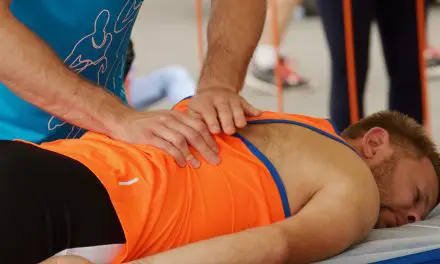
Massage Therapy: an Alternative to Opioi...
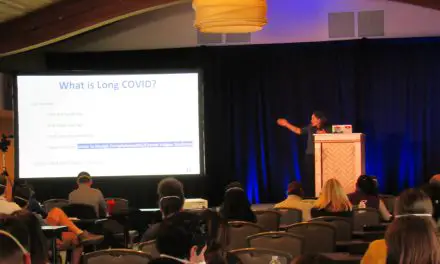
2022 San Diego Pain Summit: Manual Thera...
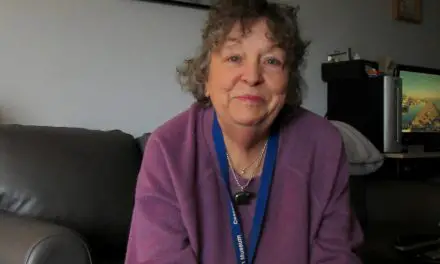
Ursa Foundation Leaves Legacy in Manual ...
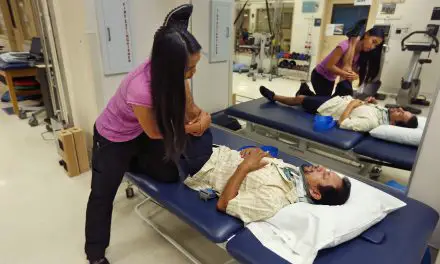
How Physical Therapy Can Help the Opioid...
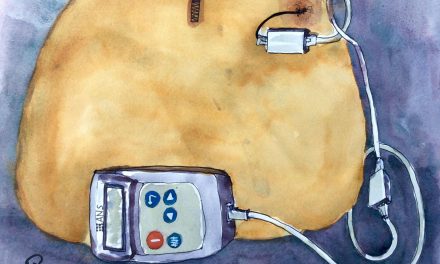
Does Spinal Cord Stimulation Work for CR...
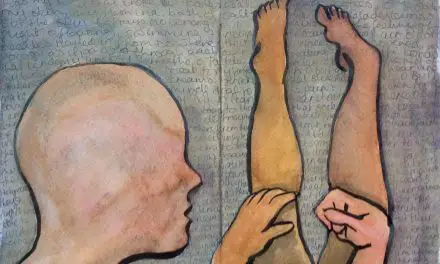
Causalgia, RSD, CRPS : Does the Name Mat...
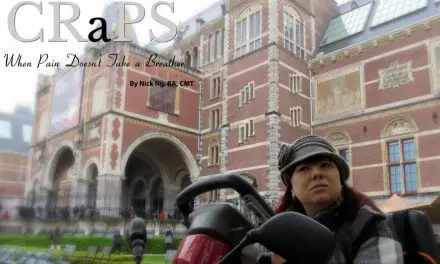
Complex Regional Pain Syndrome (CRPS): A...
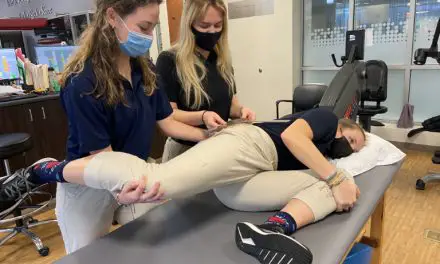
What Does a Positive Slump Test Mean?
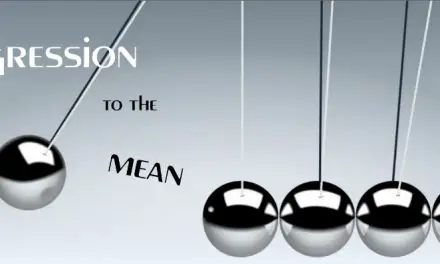
What Is Regression to the Mean in Massag...
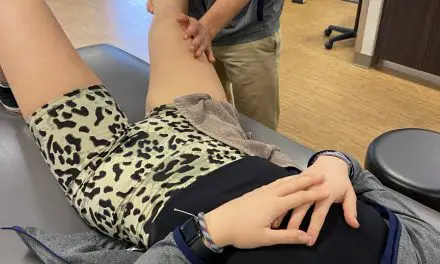
What Is Jumper’s Knee and What Can Massa...
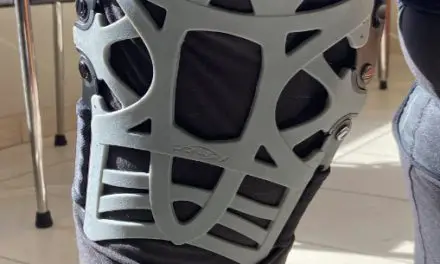
Jumper’s Knee Brace: Do They Work?
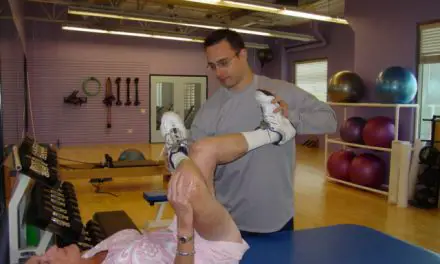
What Causes Hip Pain and Why Does It Rad...
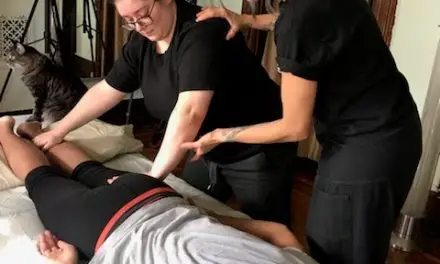
What Is Gluteal Tendinopathy and Can Mas...
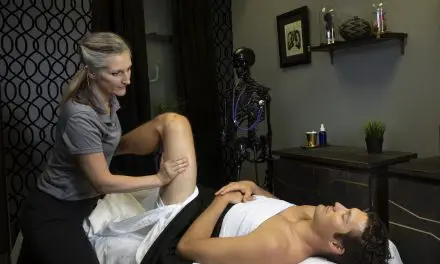
What is Iliotibial Band Syndrome?

What Causes Sciatica to Flare Up and Can...
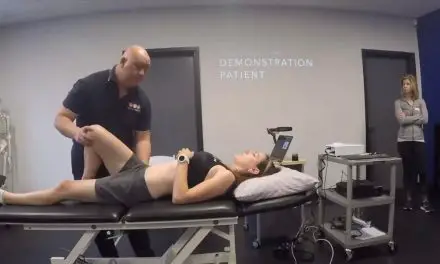
Does Massage Help with Hip Flexor Pain?
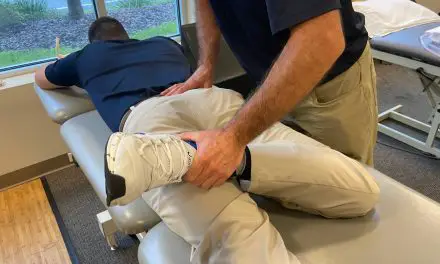
What Is Piriformis Syndrome?
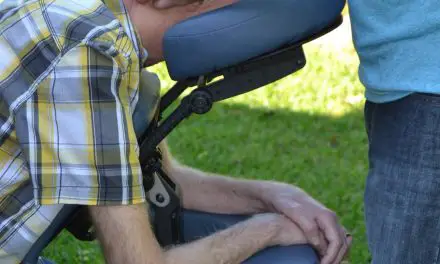
Is Massage Therapy Good for Scleroderma?
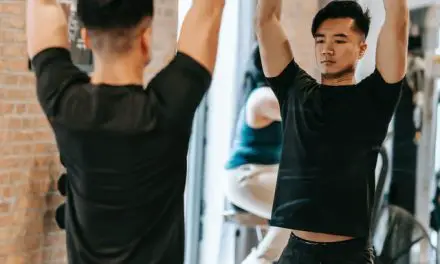
What Exercises Are Good for Hypermobilit...

Is the Beighton Score for Ehlers-Danlos ...
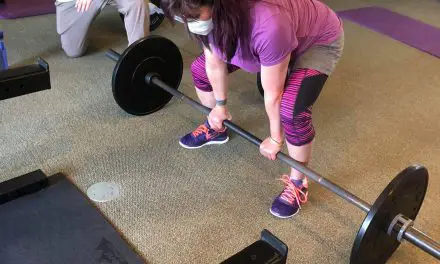
Ehlers-Danlos Syndrome: Does Massage and...
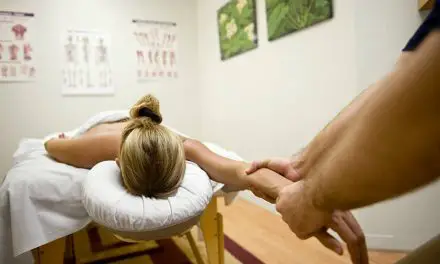
What Is Connective Tissue Disease and Do...

Rheumatoid Arthritis (RA): Does Massage ...
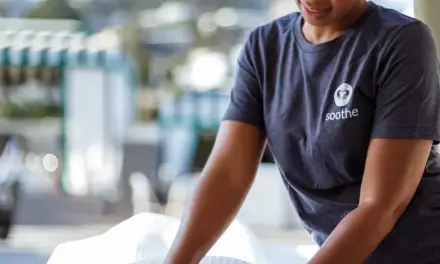
How Much Should You Really Tip a Massage...
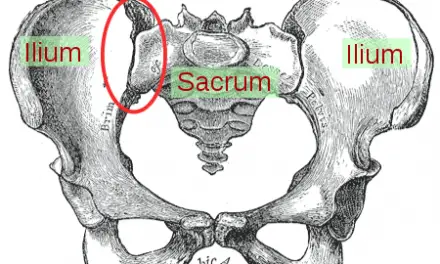
Clearing the Myths Behind Sacroiliac Joi...
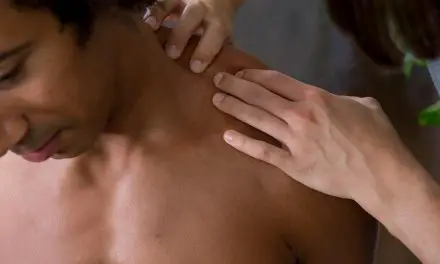
What Is Trigger Point Therapy? (2021)
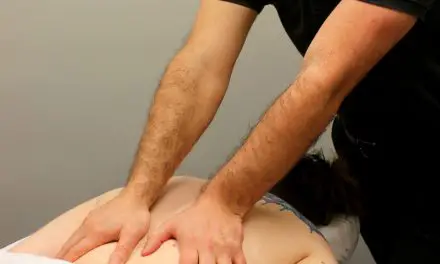
What Is a Swedish Massage?
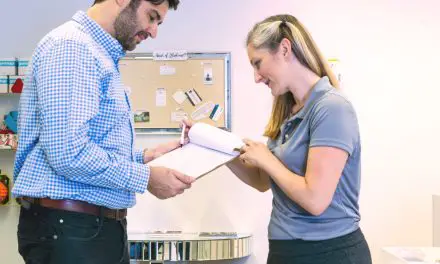
What Is Informed Consent and Why Massage...
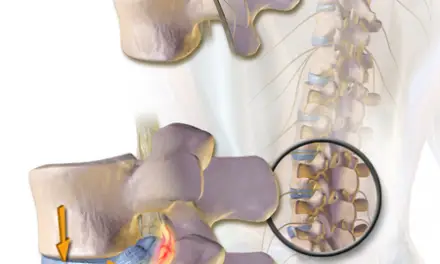
What Can Massage Therapy Do For Disc Her...
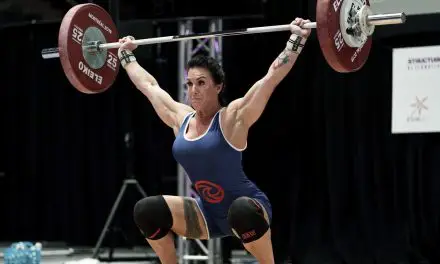
How to Become Flexible With Strength Tra...
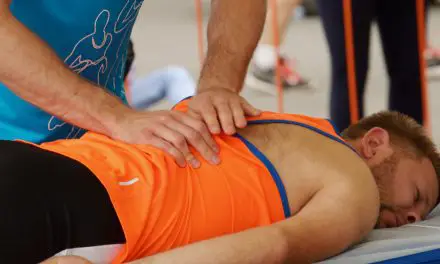
How to Become an Entrepreneur in Massage...

Massage Therapist Resume: 6 Tips That Ma...
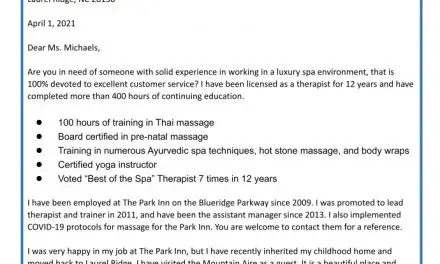
Massage Therapist Cover Letter: 6 Ways t...
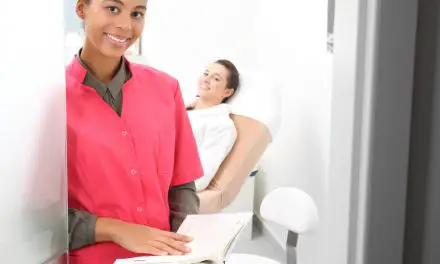
5 Questions Massage Therapists Should As...
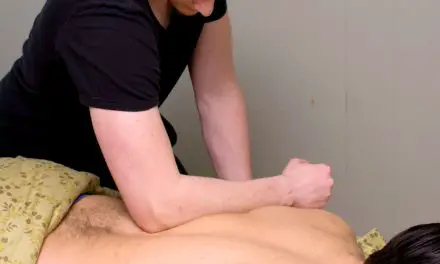
6 Tips to Land a Massage Therapy Job
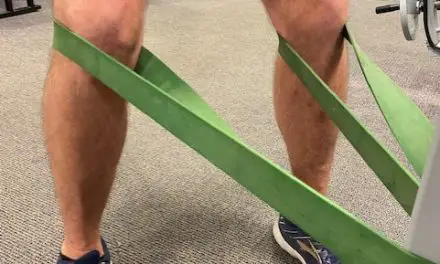
Patellar Tracking Disorder: Does It Caus...
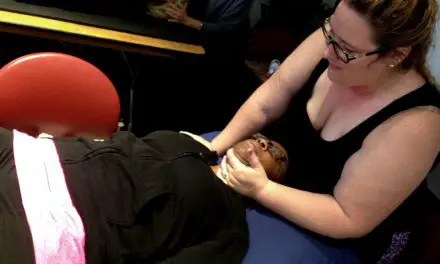
What Is Acute Pain?
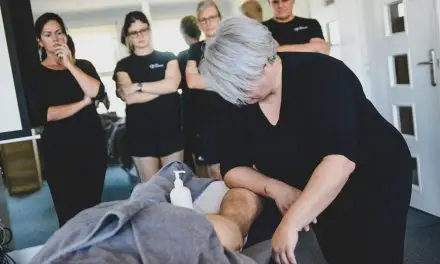
Top Continuing Education for Massage The...
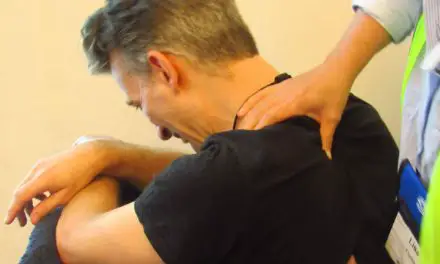
What Is Frozen Shoulder?
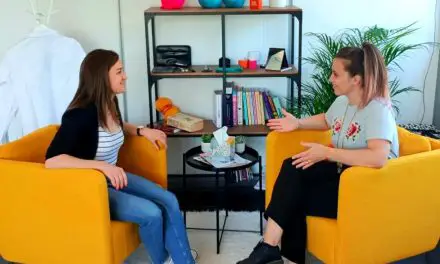
Top Manual Therapy Continuing Education ...
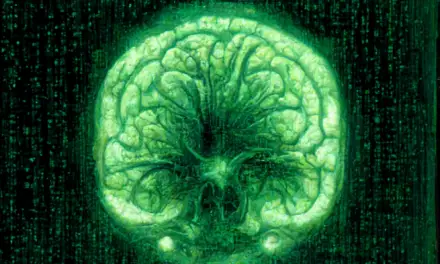
Neuromatrix Theory of Pain for Manual Th...
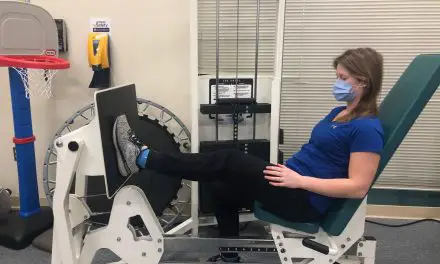
What Is Patellofemoral Pain Syndrome? (2...

Top Massage Therapy Continuing Education...
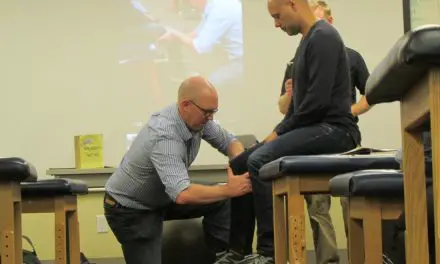
Why Does My Knee Hurt When I Bend My Leg...
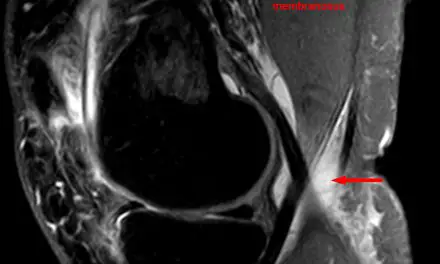
What Is a Baker’s Cyst?
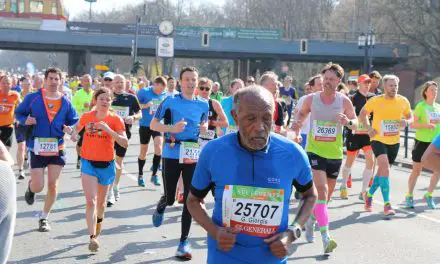
What Is Lateral Meniscus Tear and Do You...
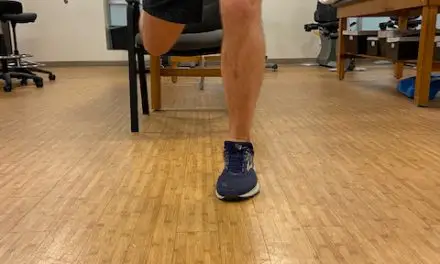
What Is LCL injury? Causes, Treatments, ...
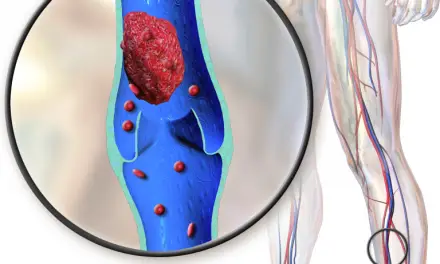
What Is Deep Vein Thrombosis? (2021)
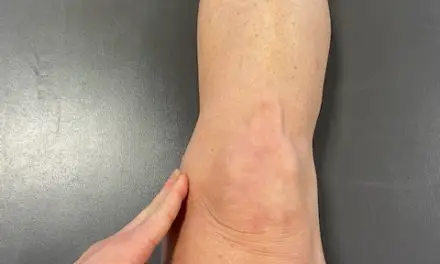
What Is Pes Anserine Bursitis?
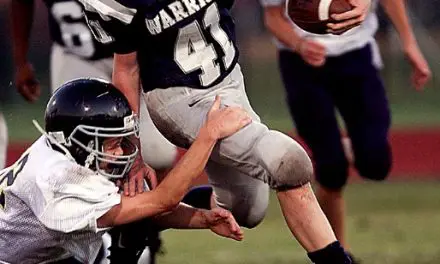
What is MCL injury? Causes, Treatments, ...
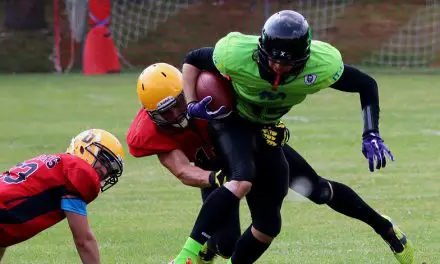
Medial Meniscus Tear: Do You Need Surger...

Hamstring Strain: Update on Causes, Trea...
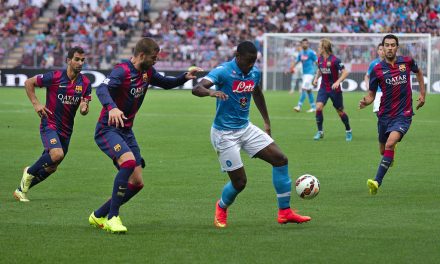
What Does a PCL Tear Feel Like? Treatmen...

ACL Tear: Update on Causes and Treatment
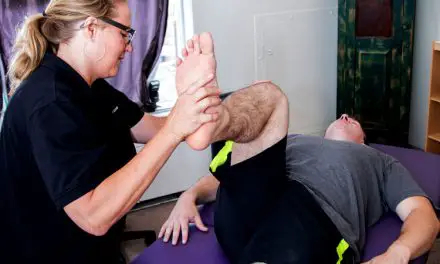
Pain Behind the Knee: Why It Hurts
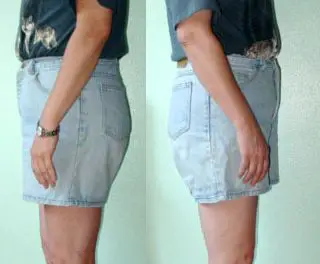
Should You Fix Posterior Pelvic Tilt?
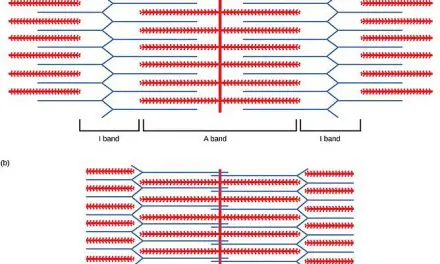
Myofascial Pain Syndrome: Revising the C...
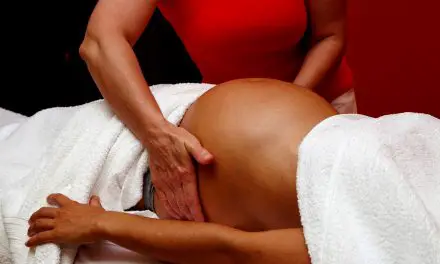
What Is a Prenatal Massage? An Updated N...
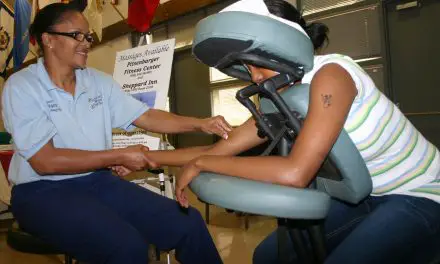
What Is a Chair Massage? A Beginner’s Gu...
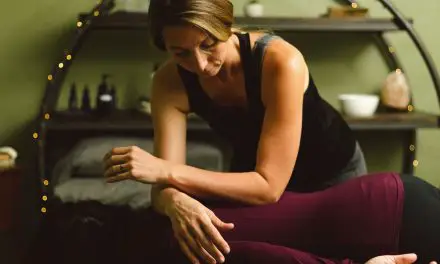
What Is a Deep Tissue Massage? A Modern ...

What Is Reflexology and Does It Work?
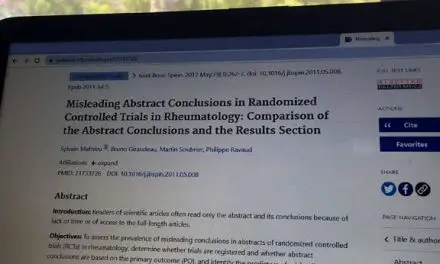
Why Reading Scientific Abstracts of Rese...

Sports Massage Benefits: What Does Scien...

Rise, Fall, Revision of Australia’s Mass...
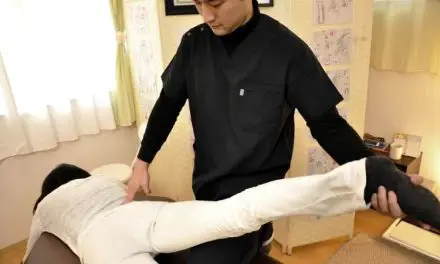
What Is the Gate Control Theory of Pain?
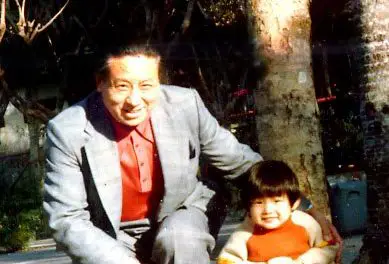
How Immune, Endocrine, Nervous Systems I...
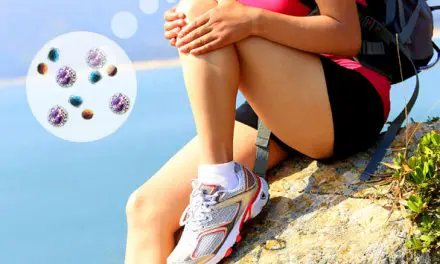
How Immune System Contributes to Pain Wi...
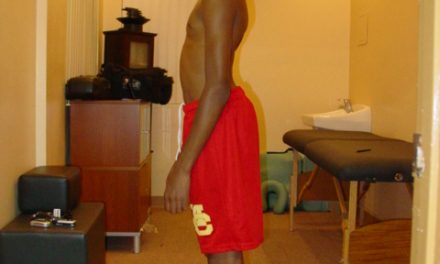
Pelvic Tilt Posture Assessments Unreliab...

How the Internet Challenged What We Know...
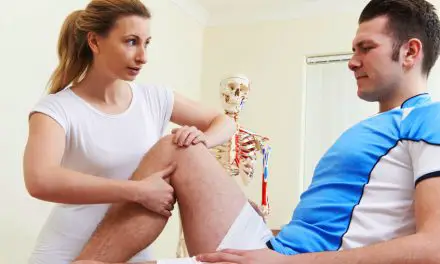
Scope of Practice Protects Massage Thera...
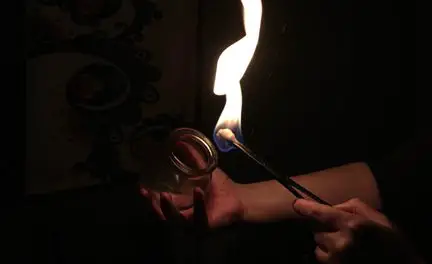
Cupping: Sucking Out the Poison of a Tox...
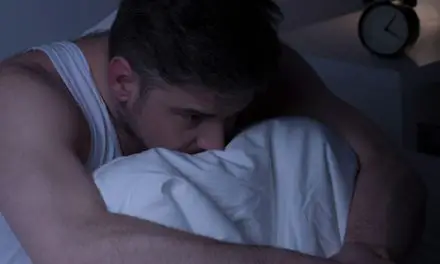
Why Massage Therapy Needs to Be Trauma-I...

How a Massage Therapist Built His Busine...
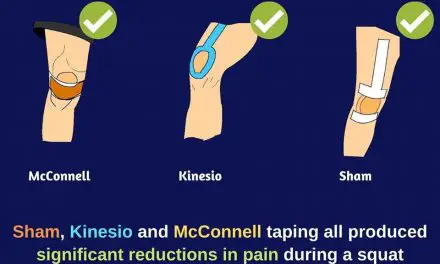
Kinesio Taping and McConnell Taping Not ...
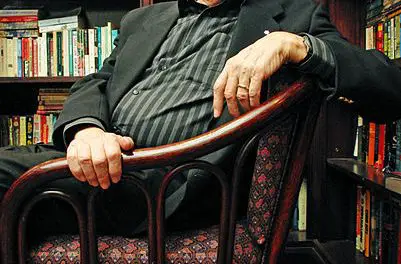
Ronald Melzack, Psychologist Who Changed...
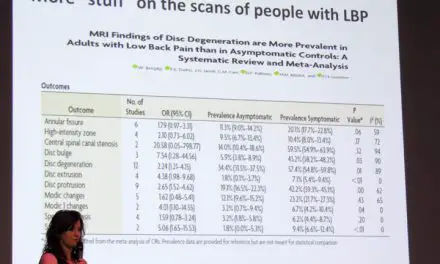
Top 10 Research That Challenged Pain Dog...
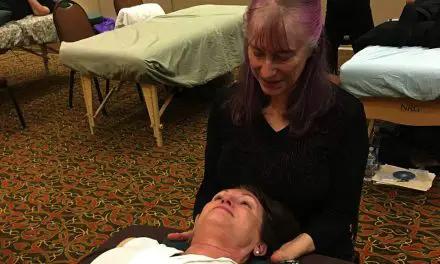
Can Your Massage Therapist Stretch Your ...
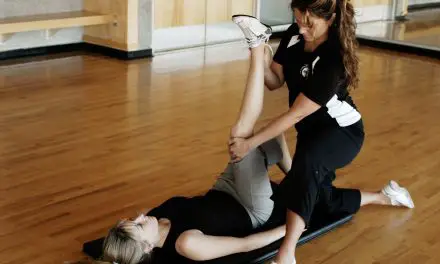
Could American Massage Therapy Be Part o...
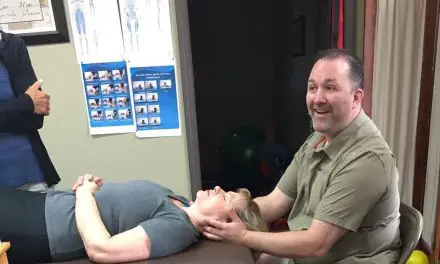
How Could Massage Therapy Be Defined as ...
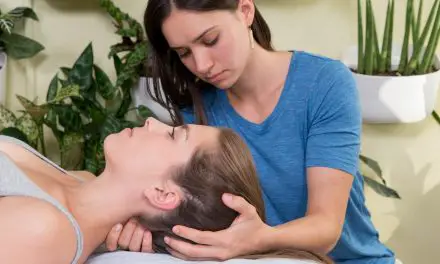
Massage Therapy for Pain: How It Works B...
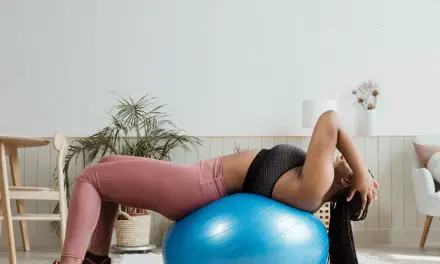
Is It Bad to Pop Your Back?
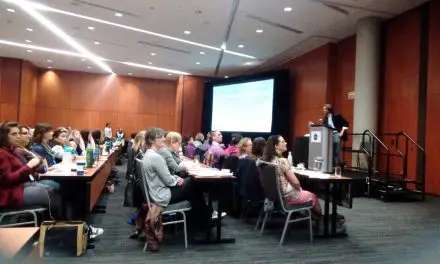
How to Fact Check Massage Therapy Resear...
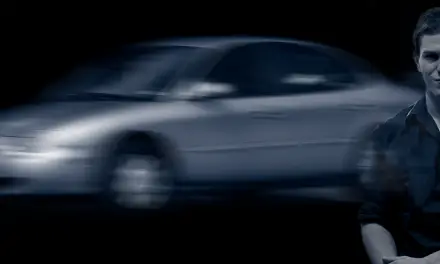
Depression and Pain: What Role Does Mass...
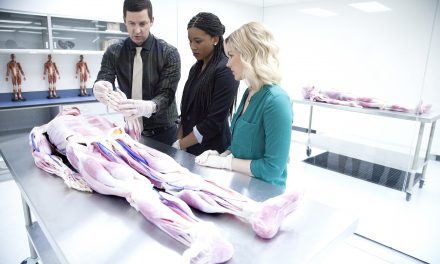
What Would a Modern Massage Therapy Cour...

Veterans and Refugees: How Massage Thera...
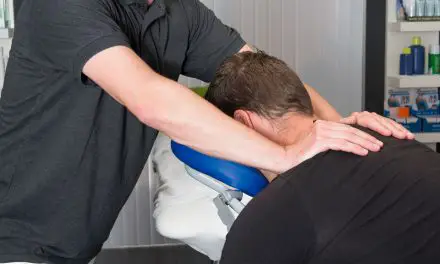
Why Massage Therapy Education Needs Crit...
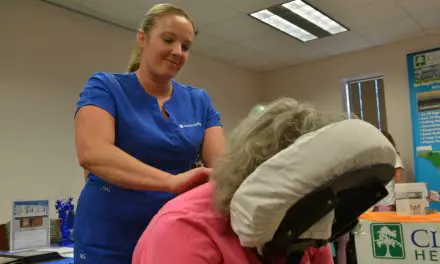
Does Narrative Medicine Have a Place in ...
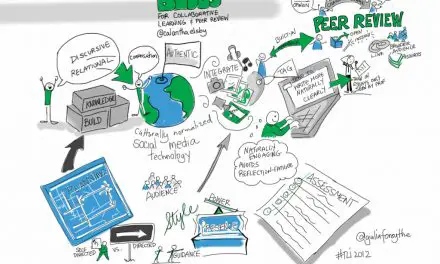
Behind-the-Scenes of Peer Review for Mas...

Descending Modulation: Why Massage Thera...
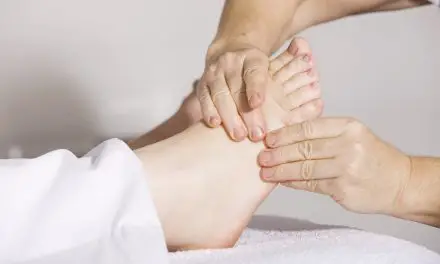
It’s Okay to Massage Pregnant Women’s An...

Massage Therapy: Are You an Independent ...
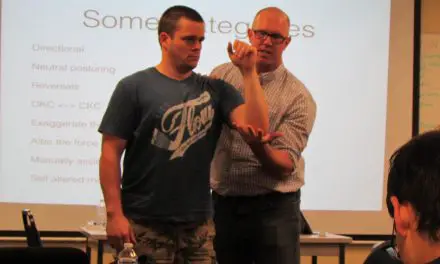
Outcome- vs. Mechanism-based Studies in ...
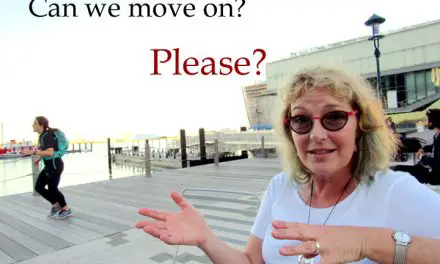
Applied Pain Science in Manual Therapy W...
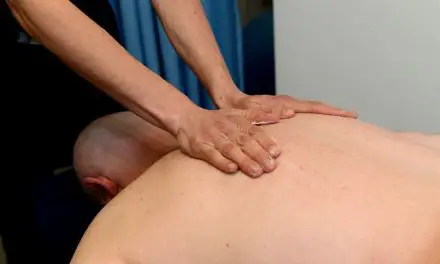
Why Massage Therapists Should Understand...
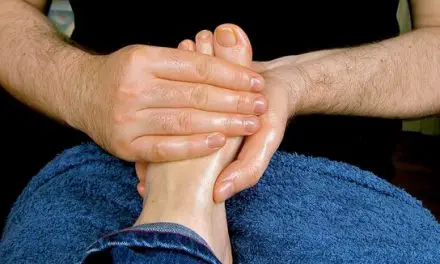
Foot Massage Increases Oxytocin, But The...

Applied Pain Science in Manual Therapy W...

Massage Therapy for Knee Osteoarthritis ...

2018: A Journey Halfway Around the World...
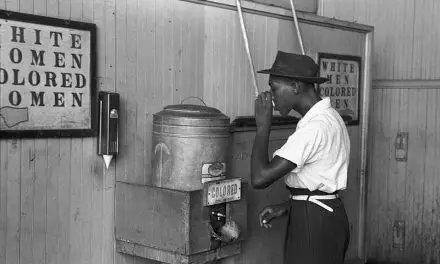
Perceived Discrimination Increases Risk ...
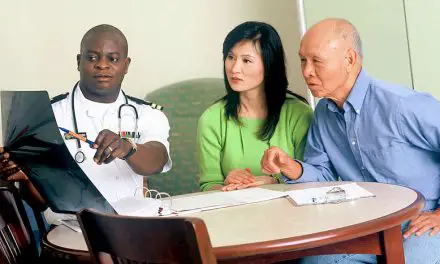
Is ‘Explain Pain’ As Good As Listening a...
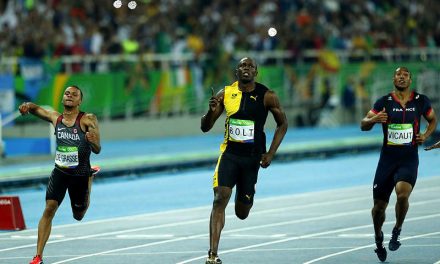
Massage Therapy No Better Than Dynamic S...
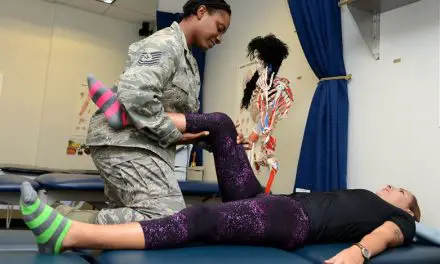
Does Neurological Explanation Lessen Pai...
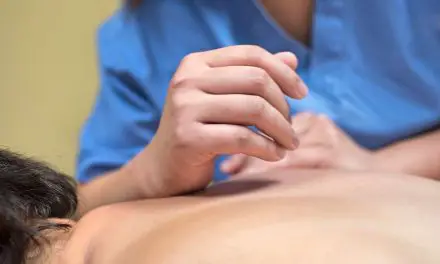
Why ‘Energy Work’ Is at Odds With Ethics...
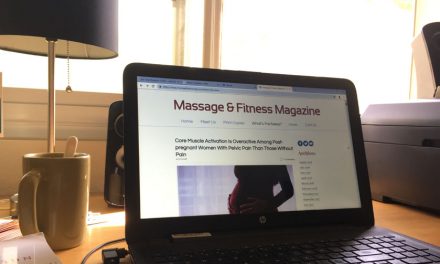
Intellectual Property: Whose Idea Is It ...
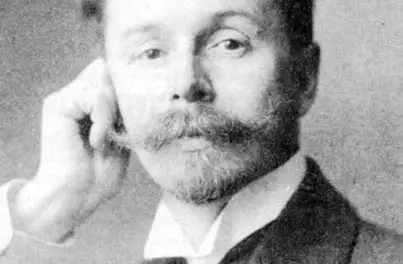
Alexander Scriabin: A Musician’s Quest t...
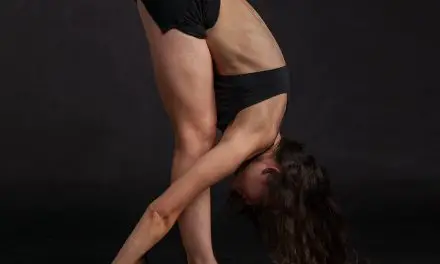
Does Low Back Stiffness Reflect Actual M...

Narratives Matter: Patients Use Blogs to...

Does Watching Yourself Getting a Massage...
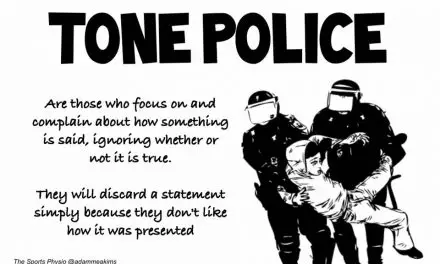
Don’t Be a Tone Police on Social Media
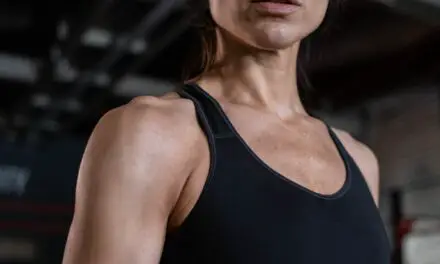
Does Sweating Release Toxins?
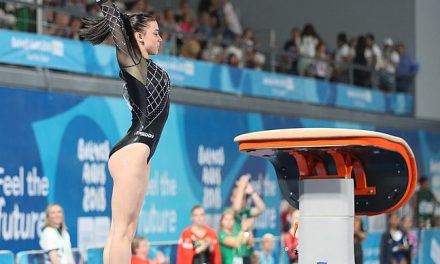
Lordosis Correlates With Low Back Pain, ...

If Cancer Feeds on Lactate, Wouldn’t Mor...
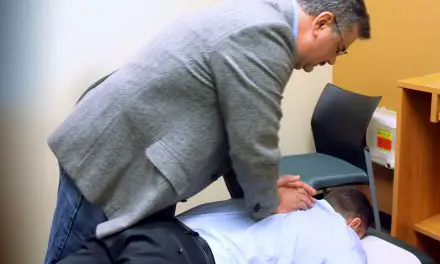
Evidence for Spinal Manipulation Is ‘Mod...
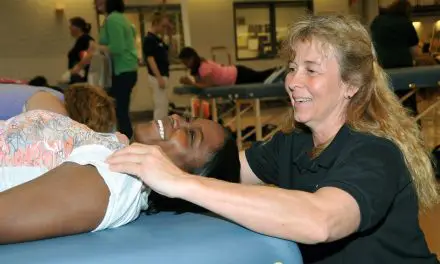
Challenges for Future of American Massag...
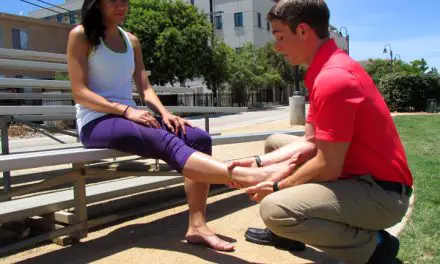
Revisiting the Biopsychosocial Model of ...
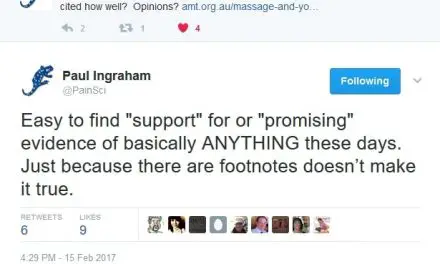
Massage Therapy Research Summary Needs t...
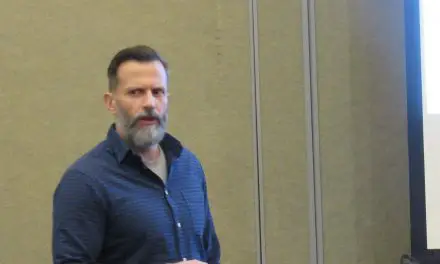
Five Myths About Pain That Manual Therap...
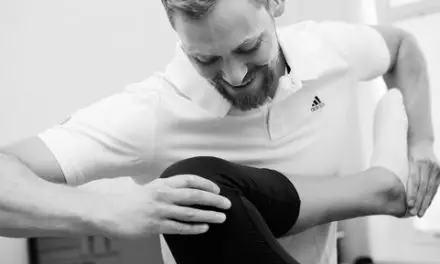
Cochrane Review Finds Lack of Effectiven...

Therapists Who Extrapolate Research to F...

Hunched Shoulders May Be an Adaptation t...
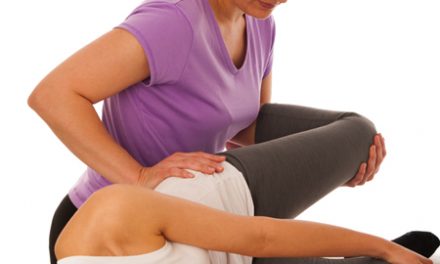
How Massage Therapists Can Work With Pel...

Edge Work: Giving Patients the Power to ...

Bridging Descartes to Melzack and Wall, ...
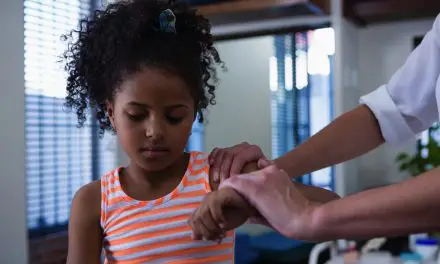
Massage Therapists Provides Pain Relief ...
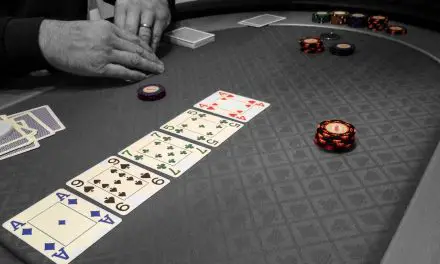
Why Is the Understanding of Pain in Mass...
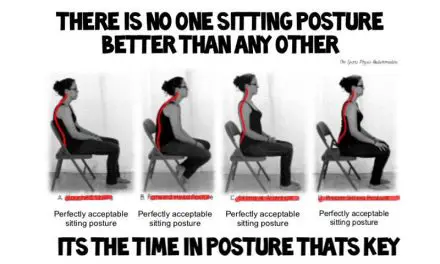
Why Is the Understanding of Pain in Mass...
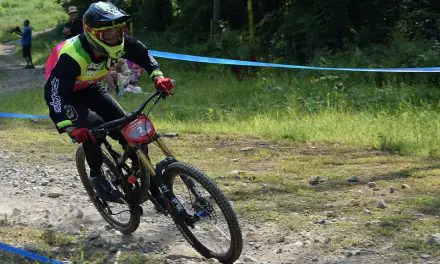
Why Massage Make Some People Feel Better...
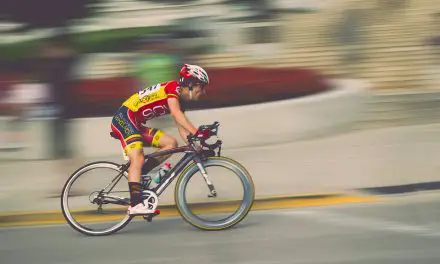
Analyzing the Evidence of Massage Articl...
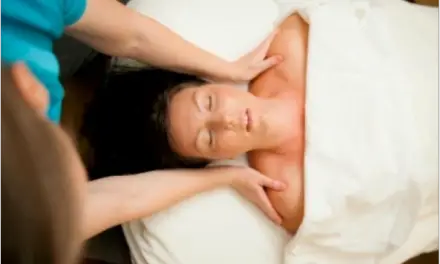
Client-centered Care Vs Ego-Centered Car...
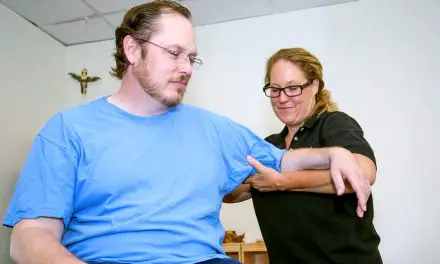
Pain Education May Help Patients Recover...
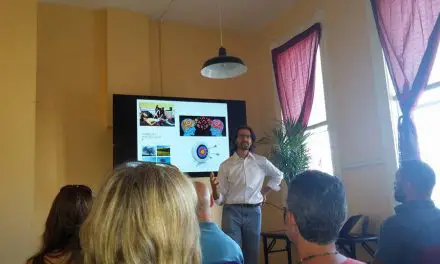
Making Sense About Massage and Low Back ...
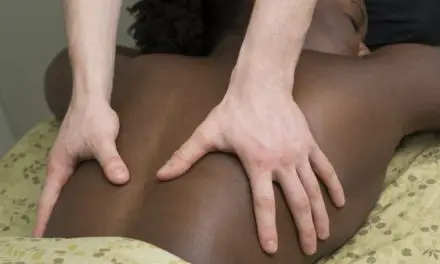
Researchers Have “Little Confidence” in ...
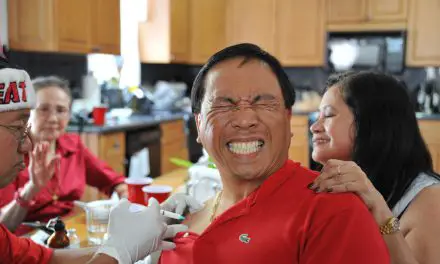
Shoulder “Abnormalities” May Not Always ...
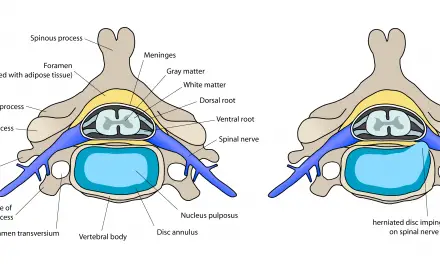
A Disc Bulge Does Not Always Correlate t...
Fitness
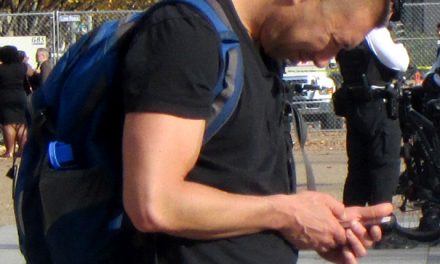
What Is Text Neck and Should You Fix It?
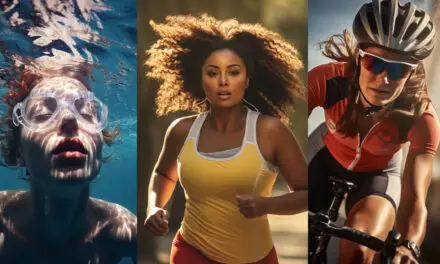
Why the SAID Principle Matters in Your W...

“Fun” Is Missing in the FITT Principle, ...
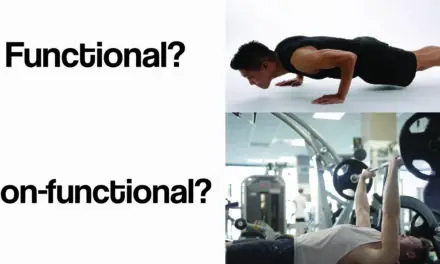
What Is Functional Strength Training, an...
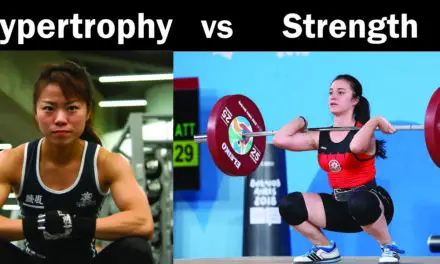
How to Train for Hypertrophy vs. Strengt...
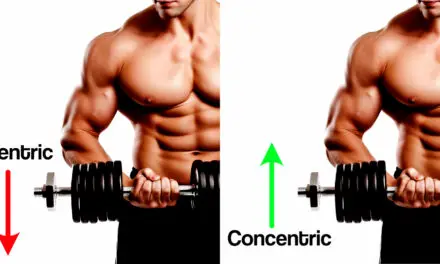
Is Concentric or Eccentric Contraction B...
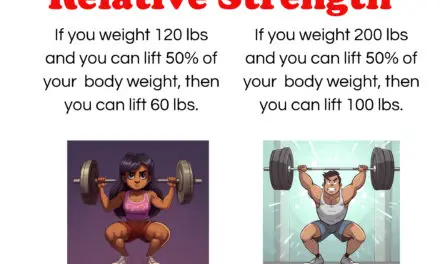
Different Types of Strength to Maximize ...
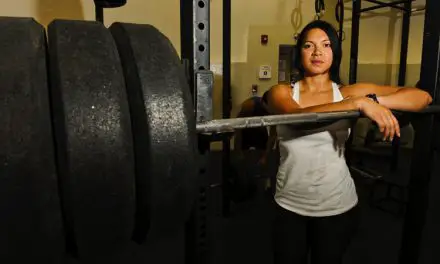
How Long Should I Rest Between Sets? One...
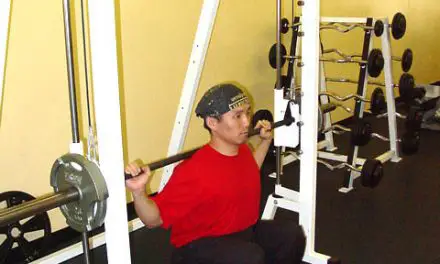
How Many Sets and Reps You Should Do, Ac...
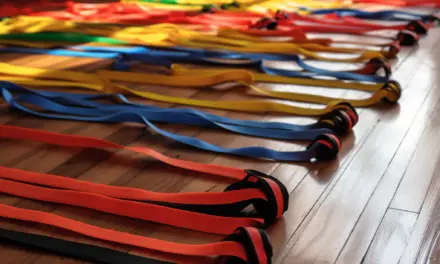
8 Types of Resistance Bands to Get to St...
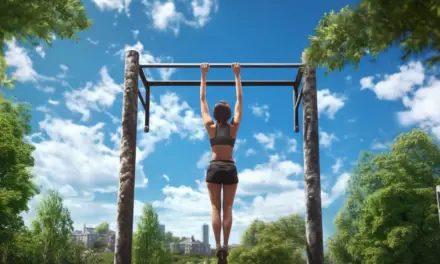
5 Best Resistance Bands for Pull-ups (20...
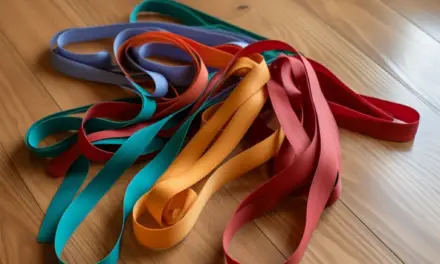
Resistance Bands Can Build Muscle and St...

5 Best Resistance Band Bars to Build Mus...
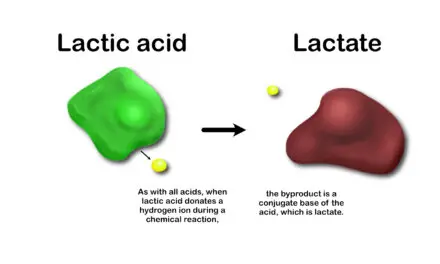
Difference Between Lactic Acid and Lacta...
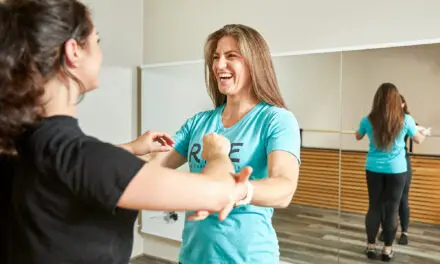
Physical Therapy for Dancers: What Do Th...

How Do Muscles Contract?
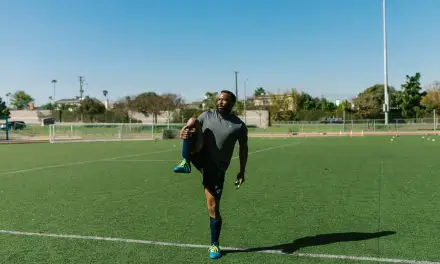
Do You Really Need a Cooldown After Exer...
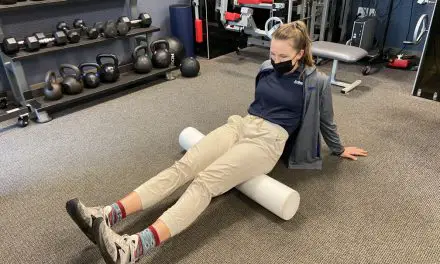
Does Foam Rolling Really Help Get Rid of...
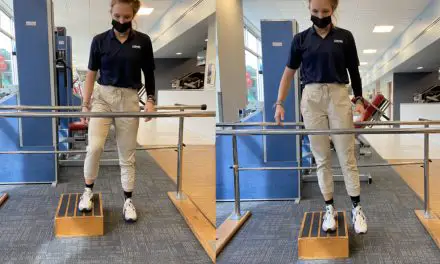
Should You Fix Leg Length Discrepancy?
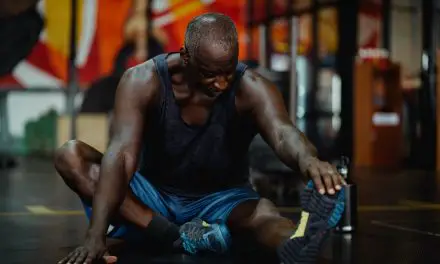
Is Ballistic Stretching Dangerous and Sh...
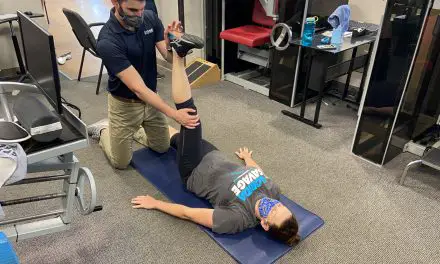
What Is PNF Stretching and Is It Really ...
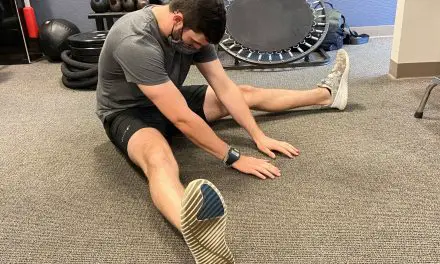
Hyperbolic Stretching Review: Does Scien...
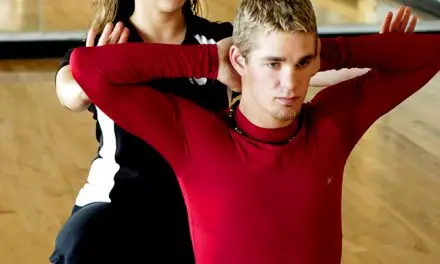
Is Passive Stretching Worth Your Time?
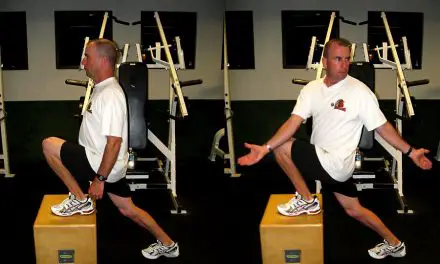
What Is Active Stretching and Its Benefi...
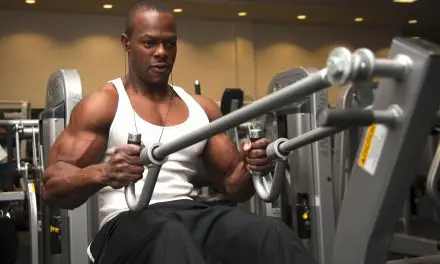
Do Posture Correctors Work? (2022)

Do Heavy Backpacks Cause Back Pain?
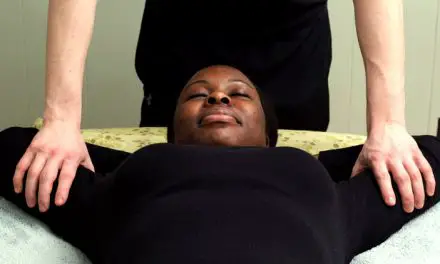
Different Types of Stretching and Do You...
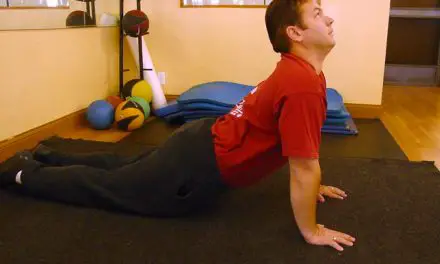
What Is Static Stretching and Does It He...
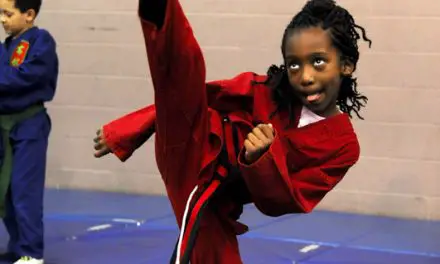
What Is Dynamic Stretching and When Shou...
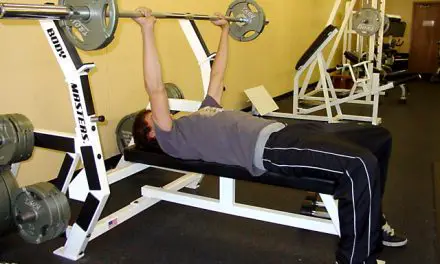
Do You Need to Lift Heavy Weights to Get...
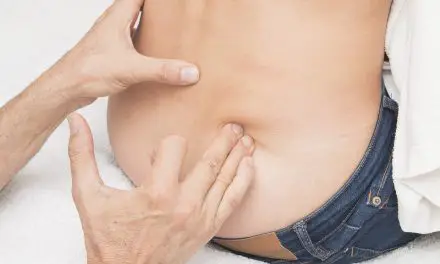
Research Finds Weak Evidence of Anterior...

Relative Risk Vs. Odds Ratio on the Back...

Three Reliable Predictors of Running Inj...

Do Post-natal Women Need Core Exercises ...
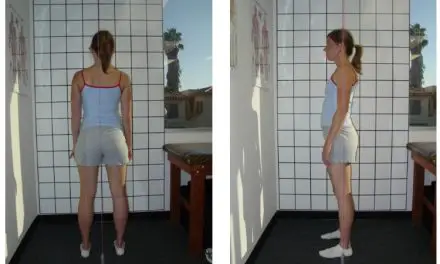
Posture Assessment Is Unreliable in Find...
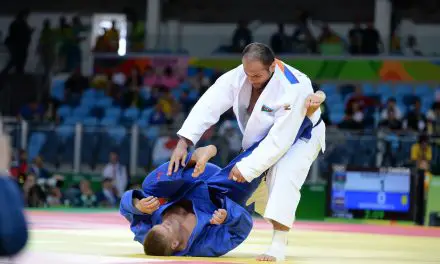
Half of 2016 Rio de Janeiro Olympics Sam...
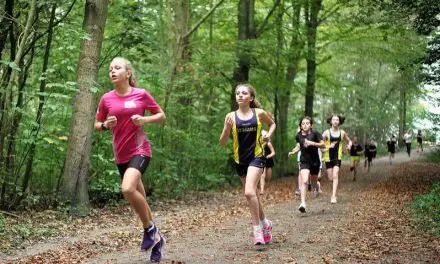
Which Has Less Risk of Knee Osteoarthrit...
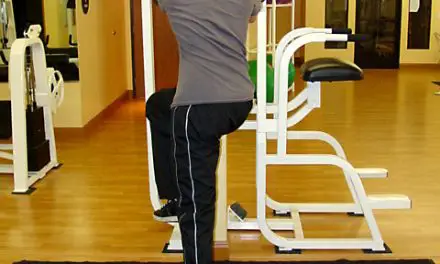
Does Stretching Help Increase Muscle Siz...

Posture Not Associated With Back Pain Am...
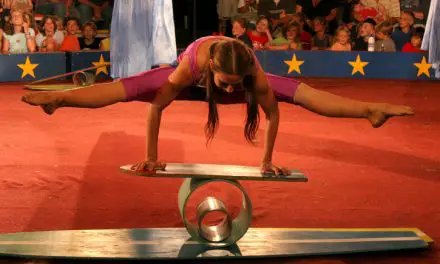
Unstable Surface Training Gets Specific ...
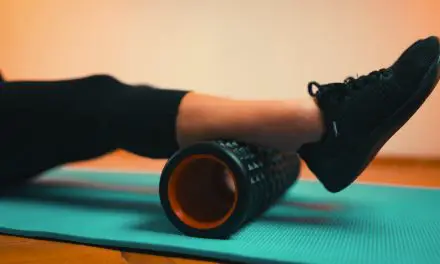
Cross Education: Foam Rolling Increases ...
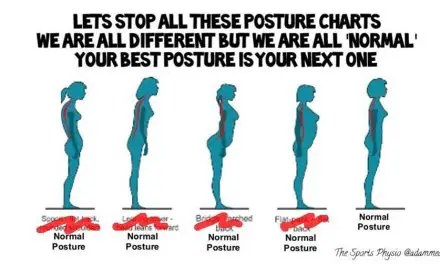
Upper Back Pain and Shoulder Pain: Is Th...
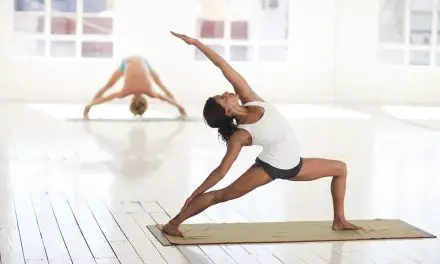
Do Tight Hip Flexors Really Cause Low Ba...
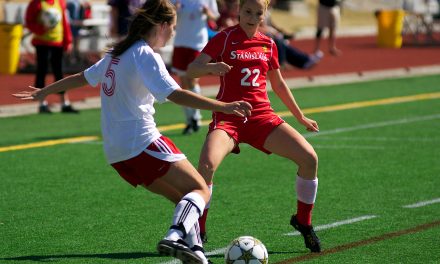
Weak Hips Is Not Necessarily a Cause of ...
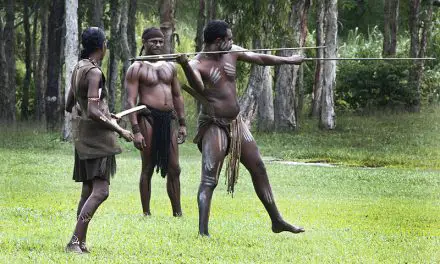
Challenging Misperceptions of Back Pain ...

Indigenous People Get Back Pain Too; The...
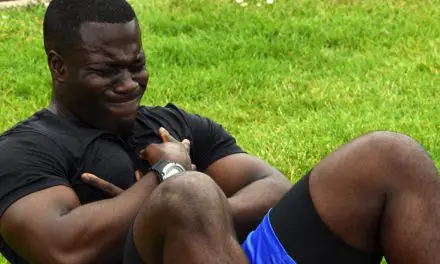
Core Training Is Not Better Than Other E...
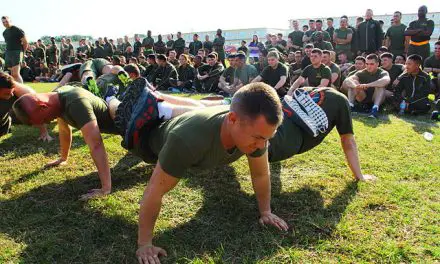
Planks Aren’t Better Than Other Exercise...
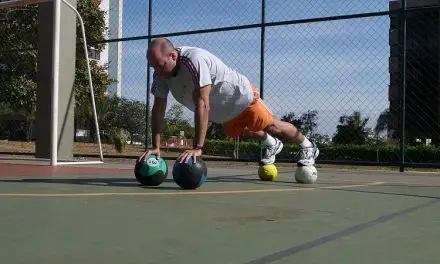
Balance Exercises May Not Affect Ankle P...
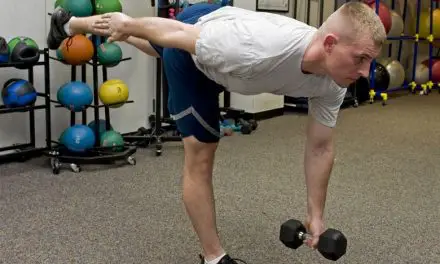
Is Balance Training Worth Your Time?
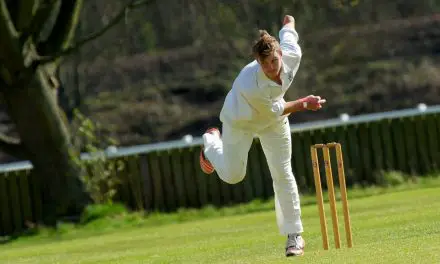
Body Symmetry — Not Asymmetry — Linked t...
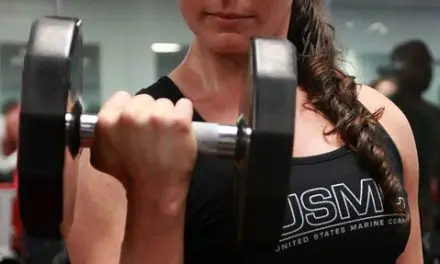
Cross Education: Eccentric Training Bene...
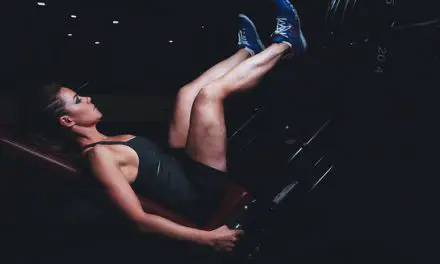
Do You Need to Lift Heavy to Get Bigger ...
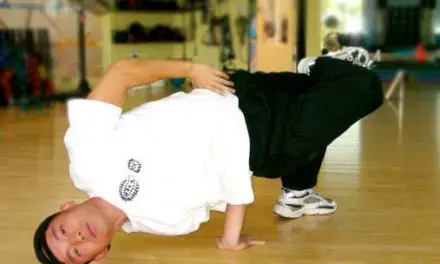
Challenging “Old” Stereotypes: 5 Stories...
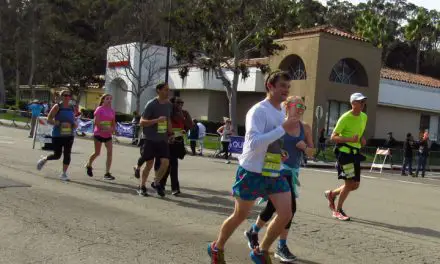
Confounding Factors Can Make Exercise Sc...
All

Massage and Exercises for Shoulder Bursi...

What Is Shoulder Impingement?

What Is a Bankart Lesion?

What Is a SLAP Tear and Do You Need Surg...

Full Guide to Shoulder Pain: Causes, Tre...

Massage for Joint Pain: a Biopsychosocia...

Does Cluneal Nerve Entrapment Cause Back...

Why Cancer Patients Should Not Be Denied...

RMT vs LMT: What’s the Difference?

Is Craniosacral Therapy Legit? What You ...

What Is Text Neck and Should You Fix It?

How to Use KT Tape for Wrist Pain &...

How to Use KT Tape for Your Shoulders: D...

What Is Kinesio Tape and How Does It Rea...

How to Use Kinesio Tape for Your Ankle a...

How to Apply Kinesio Tape to Your Knee a...

How Massage Therapy Can Reduce Migraines

Sprain vs Break: How to Tell the Differe...

How Long Does It Take for a Stretched Kn...

Sprain vs Strain: How to Tell the Differ...

Anatomy of the Medial Ankle Ligaments an...

Is My Ankle Broken or Sprained? A Review...

Can a Wrist Sprain Turn Into a Fracture?

Wrist Ligaments Anatomy and Injuries

Why the SAID Principle Matters in Your W...

“Fun” Is Missing in the FITT Principle, ...

What Is Functional Strength Training, an...

How to Train for Hypertrophy vs. Strengt...

Is Concentric or Eccentric Contraction B...

Different Types of Strength to Maximize ...

Best Peptides for Skin Care (2023)

How Long Should I Rest Between Sets? One...

How Many Sets and Reps You Should Do, Ac...

8 Benefits of a Hot Stone Massage

8 Types of Resistance Bands to Get to St...

5 Best Resistance Bands for Pull-ups (20...

Resistance Bands Can Build Muscle and St...

5 Best Resistance Band Bars to Build Mus...

Does EDS Cause Migraines and Can Massage...

Migraine or Headache? Know What the Diff...

Migraine and Back Pain: Should You Get a...

How to Relieve a Migraine and Jaw Pain W...

How Central Sensitization Affects Your C...

Lymphatic Drainage Massage: a Scientific...

How Massage Can Help Treat Chronic Pain

Best 6 CBD Massage Oil for 2023

What Is Pain and Why Do We Feel It

Pros and Cons of CBD Oil: What You Shoul...

What Is Kyphoscoliosis and Can It Be Tre...

Can Massage Squeeze Lactic Acid Out of M...

Difference Between Lactic Acid and Lacta...

The 6 Best Massage Gels

The 10 Best Massage Creams for Professio...

10 Best Professional Massage Oils

Massage Lotions vs Oil: Which One Should...

10 Best Massage Lotions for Professonal ...

20 Causes of Pelvic Pain in Women and Wh...

Exercise for Pudendal Neuralgia: Does It...

Does Massage Work for Period Cramps?

Do Ovarian Cysts Cause Back Pain?

Can Irritable Bowel Syndrome (IBS) Cause...

Do Uterine Fibroids Cause Back Pain?

How Massage Therapy Reduces Endometriosi...

Can You Massage an Inguinal Hernia Back ...

11 Types of Massage for Pain Relief

What Is Aromatherapy Massage and Is It S...

Does a Larger Q Angle Cause Knee and Hip...

What Is Foot Pronation and When Do You N...

What Is Varus Knee and When Do You Need ...

What Is Valgus Knee, and When Is It a Pr...

Can Massage Help With Scoliosis Pain?
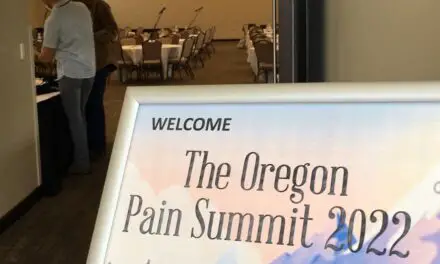
2022 Oregon Pain Summit: Challenging Chr...

What Is Lordosis and Do You Need to Fix ...

How to Fix Rounded Shoulders With Exerci...

How to Fix Your Anterior Pelvic Tilt, Bu...

What Is Lower Cross Syndrome and Should ...

Calf Strain: Treatments, Recovery, Cause...

How to Reverse Cervical Lordosis Based o...

Is It Possible to Fix Forward Head Postu...

How Corporal Punishment in Schools Affec...

Differences Between a LMT and CMT

What Is Kyphosis: Types, Causes, Treatme...

How Childhood Neglect Affects Chronic Pa...

What Is Upper Cross Syndrome and Should ...

Physical Therapy for Dancers: What Do Th...

How Reliable Are Torn Rotator Cuff Tests...

Pediatric Massage: Is It Okay for Kids?

How Childhood Anxiety Affects Chronic Pa...

What Is Lomi Lomi Massage? The Hawaiian ...

Pediatric Pain History: When Doctors Did...

Pediatric Pain: How Parents Pass Their P...

Do Different Types of Posture Cause Back...

Can Exercise Fix a Dowager’s Hump?

Skin Sensory Receptors: How Context Affe...

Is Massage Good for Lymphedema? (2022)

How Do Muscles Contract?

Should You Massage a Muscle Spasm?

Can Massage Cause Muscle and Nerve Damag...

Do You Really Need a Cooldown After Exer...

Why Are My Muscles So Tight? Blame Your ...

Does Foam Rolling Really Help Get Rid of...

How to Get Rid of Muscle Soreness

Massage Therapy: an Alternative to Opioi...

2022 San Diego Pain Summit: Manual Thera...

Ursa Foundation Leaves Legacy in Manual ...

How Physical Therapy Can Help the Opioid...

Does Spinal Cord Stimulation Work for CR...

Causalgia, RSD, CRPS : Does the Name Mat...

Complex Regional Pain Syndrome (CRPS): A...

What Does a Positive Slump Test Mean?

What Is Regression to the Mean in Massag...

What Is Jumper’s Knee and What Can Massa...

Jumper’s Knee Brace: Do They Work?

What Causes Hip Pain and Why Does It Rad...

What Is Gluteal Tendinopathy and Can Mas...

What is Iliotibial Band Syndrome?

What Causes Sciatica to Flare Up and Can...

Should You Fix Leg Length Discrepancy?

Does Massage Help with Hip Flexor Pain?

What Is Piriformis Syndrome?

Is Massage Therapy Good for Scleroderma?

What Exercises Are Good for Hypermobilit...

Is the Beighton Score for Ehlers-Danlos ...

Neff and Maté Keynotes for Pain Society ...

Ehlers-Danlos Syndrome: Does Massage and...

What Is Connective Tissue Disease and Do...

Rheumatoid Arthritis (RA): Does Massage ...

How Much Should You Really Tip a Massage...

Clearing the Myths Behind Sacroiliac Joi...

Is Ballistic Stretching Dangerous and Sh...

What Is Trigger Point Therapy? (2021)

What Is a Swedish Massage?

What Is PNF Stretching and Is It Really ...

What Is Informed Consent and Why Massage...

Hyperbolic Stretching Review: Does Scien...

What Can Massage Therapy Do For Disc Her...

How to Become Flexible With Strength Tra...

Is Passive Stretching Worth Your Time?

What Is Active Stretching and Its Benefi...

How to Become an Entrepreneur in Massage...

Massage Therapist Resume: 6 Tips That Ma...

Massage Therapist Cover Letter: 6 Ways t...

5 Questions Massage Therapists Should As...

6 Tips to Land a Massage Therapy Job

Do Posture Correctors Work? (2022)

Patellar Tracking Disorder: Does It Caus...
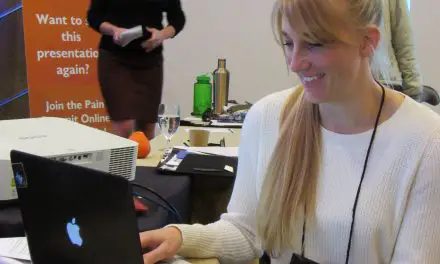
Myth of How to Improve Your Posture in M...

What Is Acute Pain?

Top Continuing Education for Massage The...

What Is Frozen Shoulder?

Top Manual Therapy Continuing Education ...

San Diego Pain Summit 2021: What You Can...

Neuromatrix Theory of Pain for Manual Th...

What Is Patellofemoral Pain Syndrome? (2...
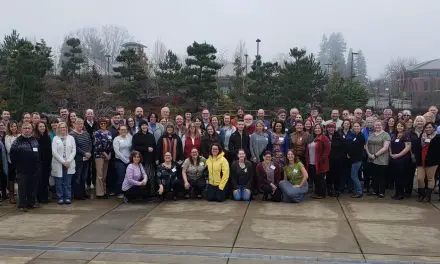
Oregon Pain Summit 2021: What to Expect

Top Massage Therapy Continuing Education...

Why Does My Knee Hurt When I Bend My Leg...

What Is a Baker’s Cyst?

What Is Lateral Meniscus Tear and Do You...

What Is LCL injury? Causes, Treatments, ...

What Is Deep Vein Thrombosis? (2021)

What Is Pes Anserine Bursitis?

What is MCL injury? Causes, Treatments, ...

Medial Meniscus Tear: Do You Need Surger...

Hamstring Strain: Update on Causes, Trea...

What Does a PCL Tear Feel Like? Treatmen...

ACL Tear: Update on Causes and Treatment

Pain Behind the Knee: Why It Hurts

Should You Fix Posterior Pelvic Tilt?

Do Heavy Backpacks Cause Back Pain?

Myofascial Pain Syndrome: Revising the C...

What Is a Prenatal Massage? An Updated N...

What Is a Chair Massage? A Beginner’s Gu...

What Is a Deep Tissue Massage? A Modern ...

What Is Reflexology and Does It Work?

Why Reading Scientific Abstracts of Rese...

Sports Massage Benefits: What Does Scien...

Different Types of Stretching and Do You...

What Is Static Stretching and Does It He...

What Is Dynamic Stretching and When Shou...

Rise, Fall, Revision of Australia’s Mass...

What Is the Gate Control Theory of Pain?

How Immune, Endocrine, Nervous Systems I...

How Immune System Contributes to Pain Wi...

Do You Need to Lift Heavy Weights to Get...

Pelvic Tilt Posture Assessments Unreliab...

How the Internet Challenged What We Know...

Research Finds Weak Evidence of Anterior...

Scope of Practice Protects Massage Thera...

Cupping: Sucking Out the Poison of a Tox...

Why Massage Therapy Needs to Be Trauma-I...

How a Massage Therapist Built His Busine...

Kinesio Taping and McConnell Taping Not ...

Ronald Melzack, Psychologist Who Changed...

Top 10 Research That Challenged Pain Dog...

Can Your Massage Therapist Stretch Your ...

Relative Risk Vs. Odds Ratio on the Back...

Could American Massage Therapy Be Part o...

How Could Massage Therapy Be Defined as ...

Massage Therapy for Pain: How It Works B...

Is It Bad to Pop Your Back?

How to Fact Check Massage Therapy Resear...

Depression and Pain: What Role Does Mass...

What Would a Modern Massage Therapy Cour...

Veterans and Refugees: How Massage Thera...

Why Massage Therapy Education Needs Crit...

Does Narrative Medicine Have a Place in ...

Behind-the-Scenes of Peer Review for Mas...

Descending Modulation: Why Massage Thera...

It’s Okay to Massage Pregnant Women’s An...

Massage Therapy: Are You an Independent ...

Outcome- vs. Mechanism-based Studies in ...

Applied Pain Science in Manual Therapy W...

Why Massage Therapists Should Understand...

Foot Massage Increases Oxytocin, But The...

Applied Pain Science in Manual Therapy W...
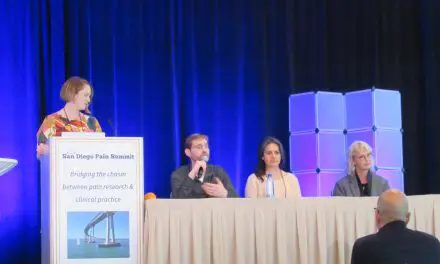
2019 San Diego Pain Summit Season Five: ...

Massage Therapy for Knee Osteoarthritis ...

Three Reliable Predictors of Running Inj...

2018: A Journey Halfway Around the World...

Perceived Discrimination Increases Risk ...

Is ‘Explain Pain’ As Good As Listening a...

Do Post-natal Women Need Core Exercises ...

Posture Assessment Is Unreliable in Find...

Massage Therapy No Better Than Dynamic S...
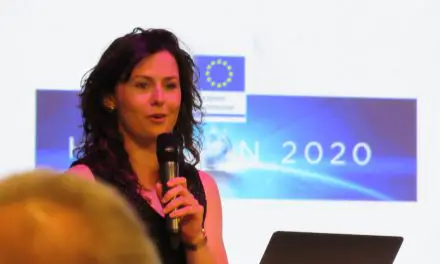
PainCloud 2018 Conference: Changing How ...

Half of 2016 Rio de Janeiro Olympics Sam...

Does Neurological Explanation Lessen Pai...

2018 San Diego Pain Summit Focuses on Pa...

Why ‘Energy Work’ Is at Odds With Ethics...
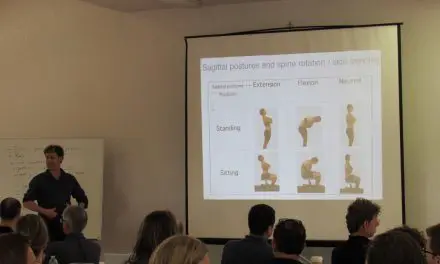
San Diego Pain Summit: Four Years of Pai...

Intellectual Property: Whose Idea Is It ...

Alexander Scriabin: A Musician’s Quest t...

Does Low Back Stiffness Reflect Actual M...

Narratives Matter: Patients Use Blogs to...

Does Watching Yourself Getting a Massage...

Don’t Be a Tone Police on Social Media

Does Sweating Release Toxins?

Which Has Less Risk of Knee Osteoarthrit...

Lordosis Correlates With Low Back Pain, ...

If Cancer Feeds on Lactate, Wouldn’t Mor...

Evidence for Spinal Manipulation Is ‘Mod...

Challenges for Future of American Massag...

RMTBC Brings Mental Health Awareness to ...

Revisiting the Biopsychosocial Model of ...

Does Stretching Help Increase Muscle Siz...

Massage Therapy Research Summary Needs t...

Five Myths About Pain That Manual Therap...

Cochrane Review Finds Lack of Effectiven...

Therapists Who Extrapolate Research to F...

Posture Not Associated With Back Pain Am...

Hunched Shoulders May Be an Adaptation t...

How Massage Therapists Can Work With Pel...

Unstable Surface Training Gets Specific ...

Edge Work: Giving Patients the Power to ...

Cross Education: Foam Rolling Increases ...

Upper Back Pain and Shoulder Pain: Is Th...

Do Tight Hip Flexors Really Cause Low Ba...

Weak Hips Is Not Necessarily a Cause of ...

Bridging Descartes to Melzack and Wall, ...

Challenging Misperceptions of Back Pain ...

Indigenous People Get Back Pain Too; The...

Massage Therapists Provides Pain Relief ...
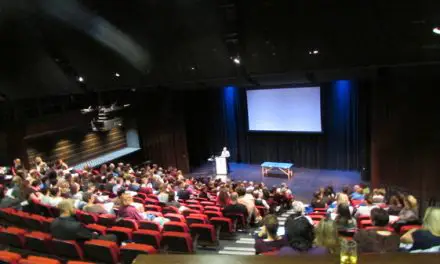
An American’s Reflection of RMTBC 2016 M...
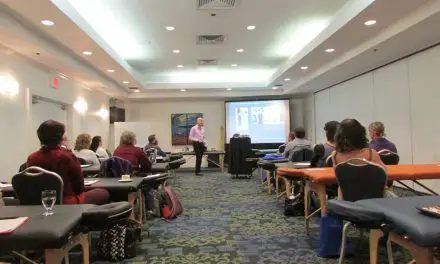
Dr. Eyal Lederman Kicks Off As Keynote S...

Core Training Is Not Better Than Other E...

Planks Aren’t Better Than Other Exercise...
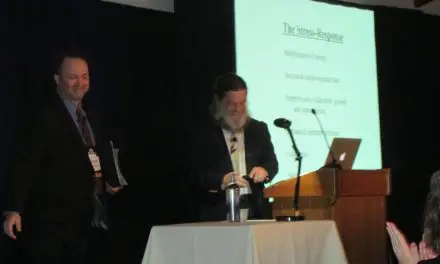
2016 Pain Summit Rocked San Diego With I...

San Diego Pain Summit 2016: a Game-Chang...

Why Is the Understanding of Pain in Mass...

Why Is the Understanding of Pain in Mass...

Balance Exercises May Not Affect Ankle P...

Is Balance Training Worth Your Time?

Why Massage Make Some People Feel Better...

Analyzing the Evidence of Massage Articl...

Client-centered Care Vs Ego-Centered Car...

Pain Education May Help Patients Recover...

Making Sense About Massage and Low Back ...

Researchers Have “Little Confidence” in ...

Body Symmetry — Not Asymmetry — Linked t...

Cross Education: Eccentric Training Bene...

Do You Need to Lift Heavy to Get Bigger ...

Challenging “Old” Stereotypes: 5 Stories...

Shoulder “Abnormalities” May Not Always ...

Confounding Factors Can Make Exercise Sc...

A Disc Bulge Does Not Always Correlate t...
Most Popular
Massage
PopularWhy Massage Therapy Education Needs Critical Thinking
by Monica Noy, RMT | Nov 8, 2019 | Massage | 4
“Critical thinking is a desire to seek, patience to doubt, fondness to meditate, slowness to...
-
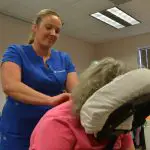
Does Narrative Medicine Have a Place in Massage Therapy?
by Nick Ng, BA, CMT | Nov 1, 2019 | Massage | 2
-
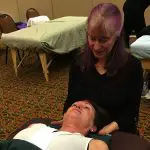
Can Your Massage Therapist Stretch Your Fascia?
by Alice Sanvito, LMT | Dec 10, 2019 | Massage | 0
-

Why Massage Therapy Needs to Be Trauma-Informed
by Mark Olson, PhD, LMT | Jan 10, 2020 | Massage | 0
Fitness
PopularCross Education: Eccentric Training Benefits More Than Concentric for Injured Limb
by Nick Ng, BA, CMT | Jul 14, 2015 | Fitness | 1
Strength training on the uninjured limb can minimize strength loss in the injured limb. Getting a...
-
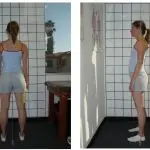
Posture Assessment Is Unreliable in Finding Who Has Low Back Pain
by Nick Ng, BA, CMT | Aug 10, 2018 | Fitness | 0
-
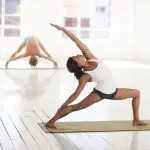
Do Tight Hip Flexors Really Cause Low Back Pain?
by Nick Ng, BA, CMT | Sep 12, 2016 | Fitness | 0
-
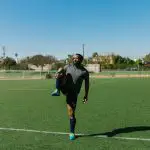
Do You Really Need a Cooldown After Exercise?
by Nick Ng, BA, CMT | Apr 30, 2022 | Fitness | 0
Top Rated
Massage
Top RatedIt’s Okay to Massage Pregnant Women’s Ankles
by Alice Sanvito, LMT | Oct 21, 2019 | Massage | 0
The Myths and Facts of Massage Therapy for Pregnant Women There are many misconceptions about...
-

Why Massage Therapy Needs to Be Trauma-Informed
by Mark Olson, PhD, LMT | Jan 10, 2020 | Massage | 0
-
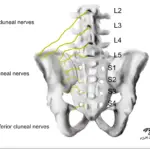
Does Cluneal Nerve Entrapment Cause Back Pain?
by Nick Ng, BA, CMT | Mar 5, 2024 | Massage | 0
-

How to Fact Check Massage Therapy Research: 6 Things to Look For
by Nick Ng, BA, CMT | Nov 21, 2019 | Massage | 0
Fitness
Top RatedPosture Assessment Is Unreliable in Finding Who Has Low Back Pain
by Nick Ng, BA, CMT | Aug 10, 2018 | Fitness | 0
Biological variability makes each person’s body unique. Thus, analyzing posture does not tell much...
-
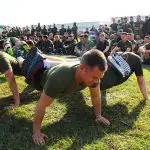
Planks Aren’t Better Than Other Exercises, But They Have Their Place
by Nick Ng, BA, CMT | Mar 13, 2016 | Fitness | 0
-
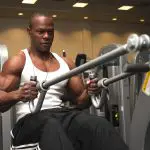
Do Posture Correctors Work? (2022)
by Penny Goldberg, DPT, ATC | Apr 10, 2021 | Fitness | 0
-

All Posts
Massage and Exercises for Shoulder Bursitis
by Nick Ng, BA, CMT | Apr 12, 2024 | Massage | 0
Shoulder bursitis is an inflammation of the bursa, a small fluid-filled sac in the shoulder joint...
Read MoreWhat Is Shoulder Impingement?
by Penny Goldberg, DPT, ATC | Apr 11, 2024 | Massage | 0
Shoulder impingement is where the tendons and connective tissues in your shoulder get pinched or...
Read MoreWhat Is a Bankart Lesion?
by Penny Goldberg, DPT, ATC | Apr 10, 2024 | Massage | 0
A Bankart lesion is the most common type of shoulder dislocation where the humeral head of the...
Read MoreWhat Is a SLAP Tear and Do You Need Surgery?
by Penny Goldberg, DPT, ATC | Apr 9, 2024 | Massage | 0
A SLAP tear is a tear of the labram cartilage that lines the shoulder socket, often involving the...
Read MoreFull Guide to Shoulder Pain: Causes, Treatments, and Evidence
by Penny Goldberg, DPT, ATC | Apr 8, 2024 | Massage | 0
Shoulder pain is any discomfort, aching, or pain experienced in or around the shoulder joint....
Read More

